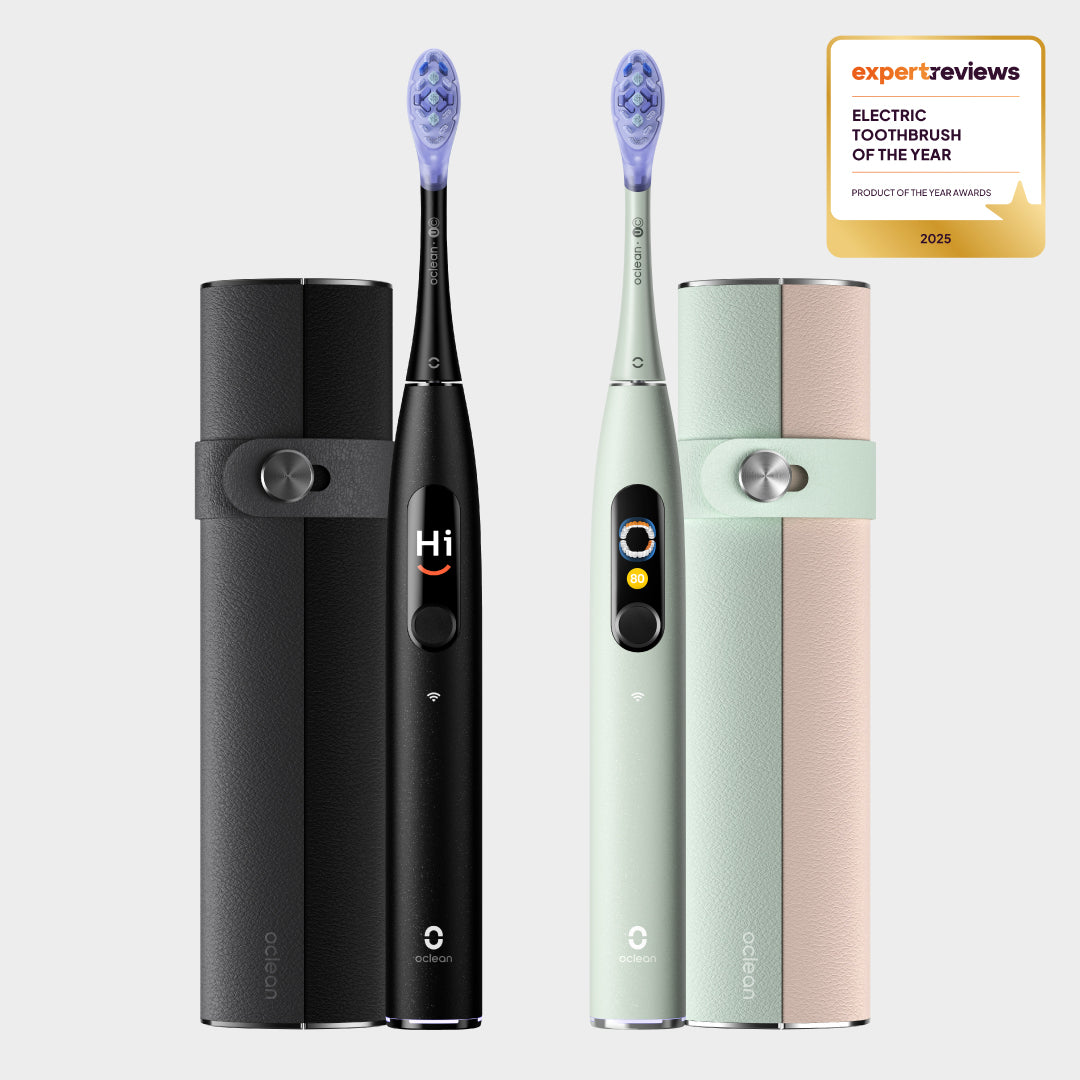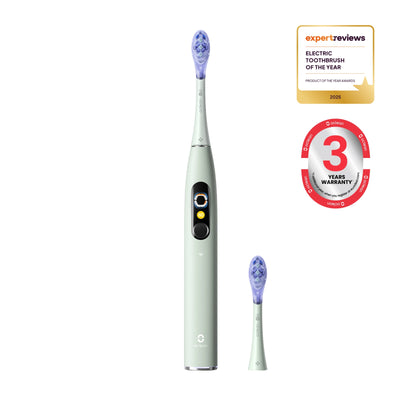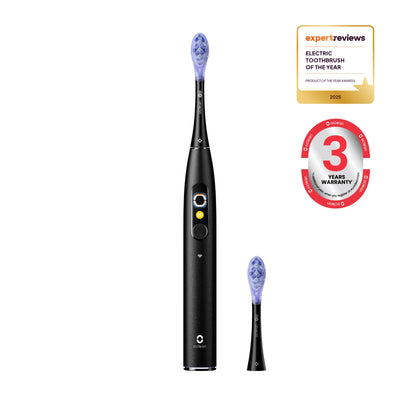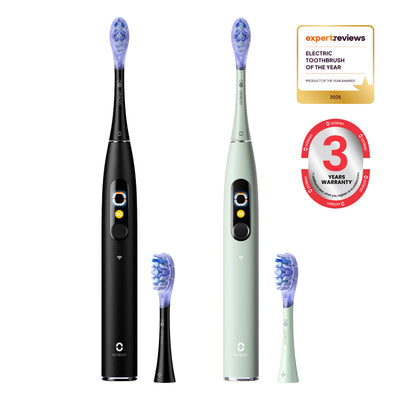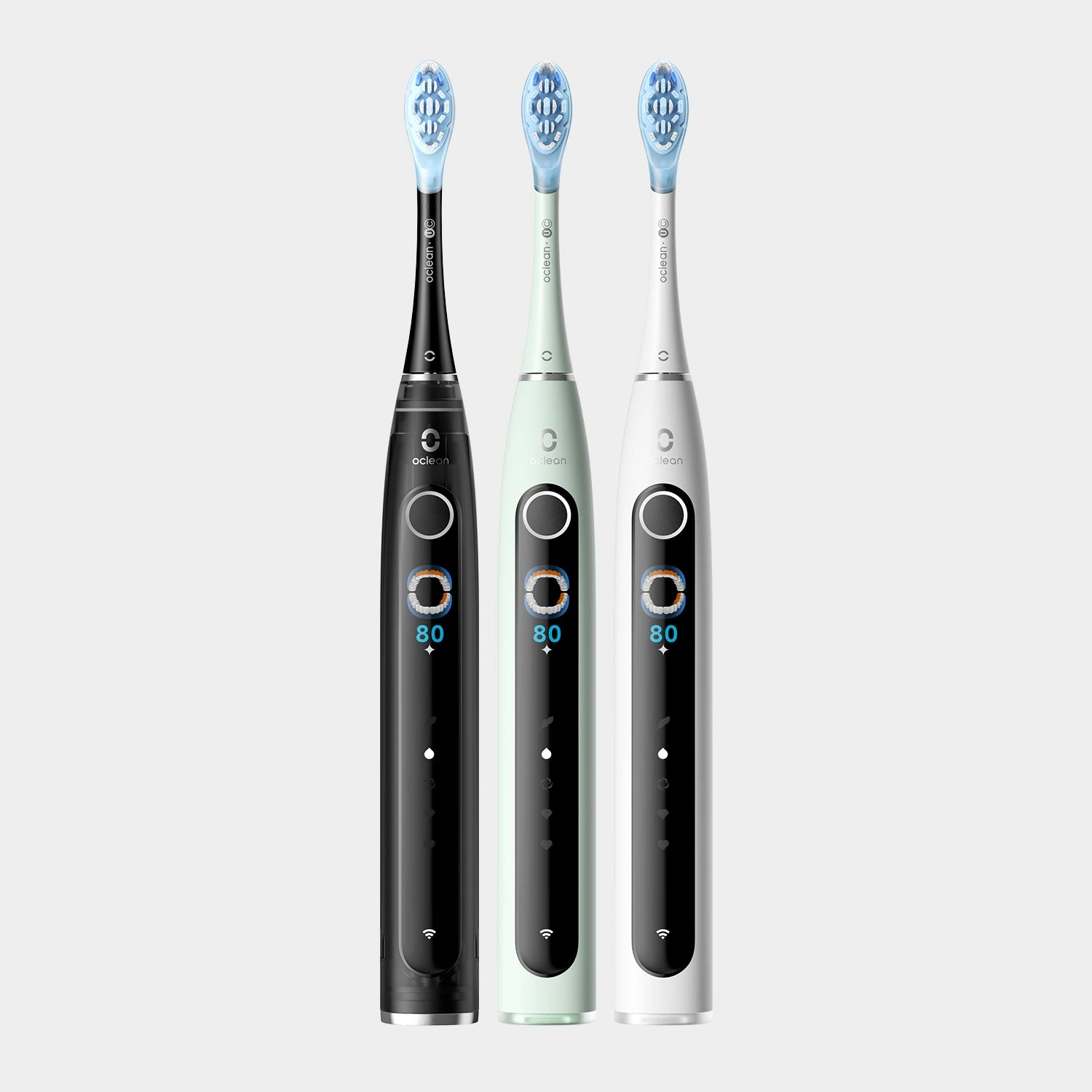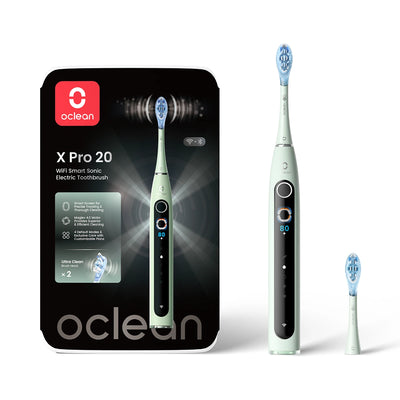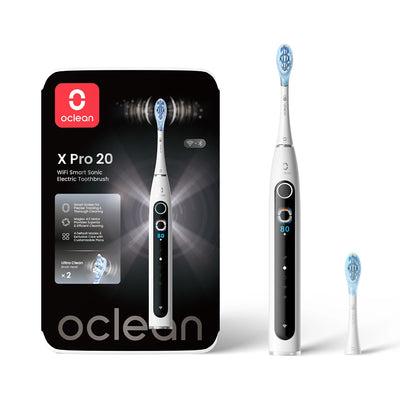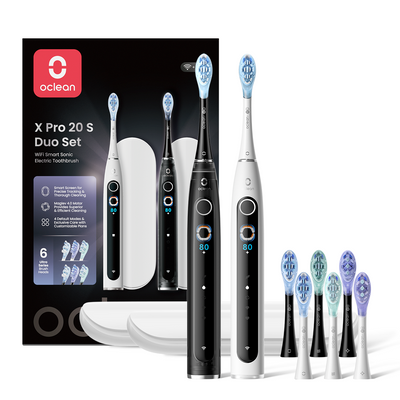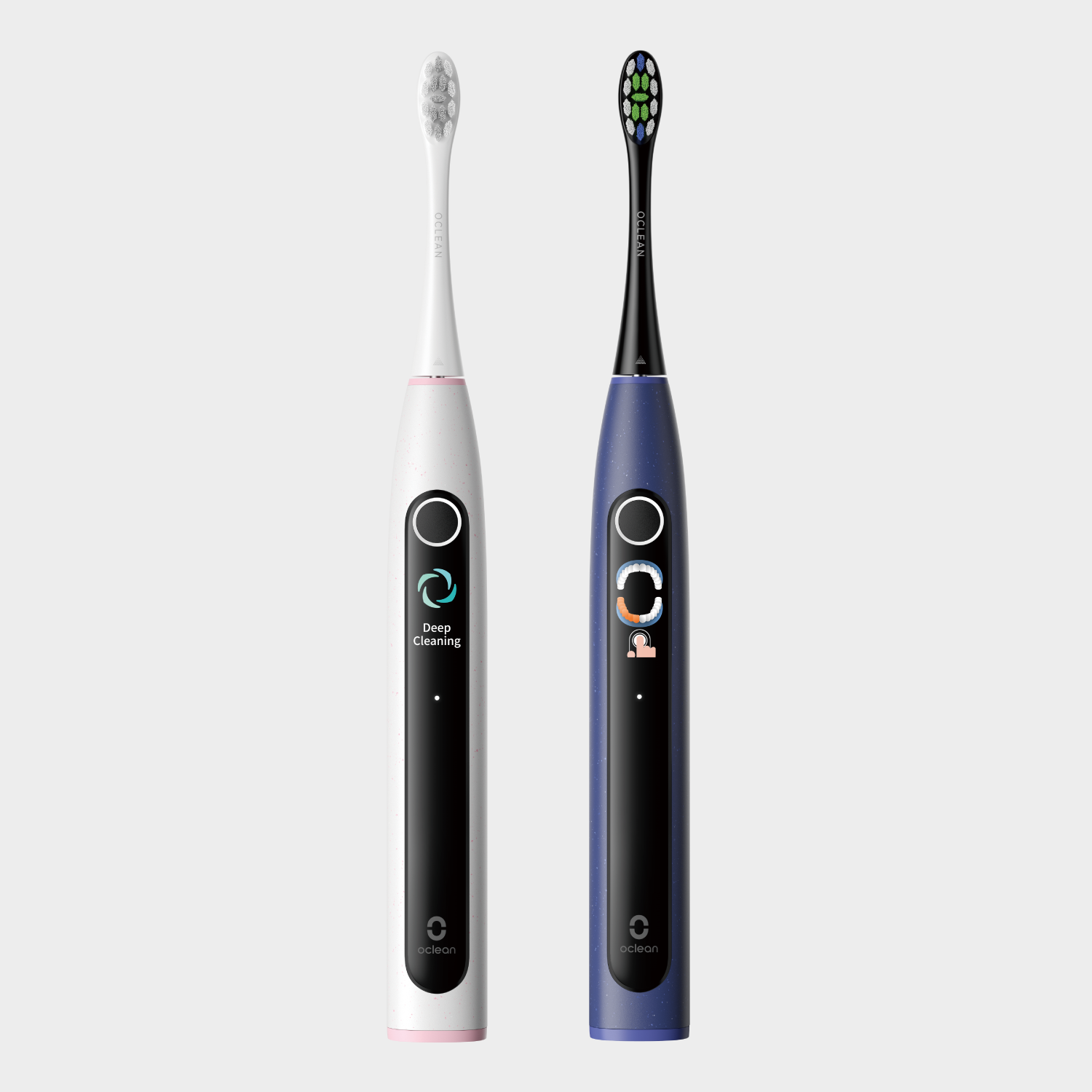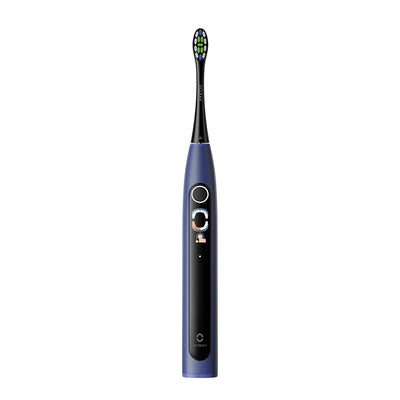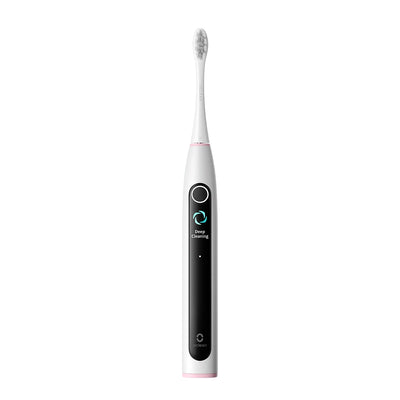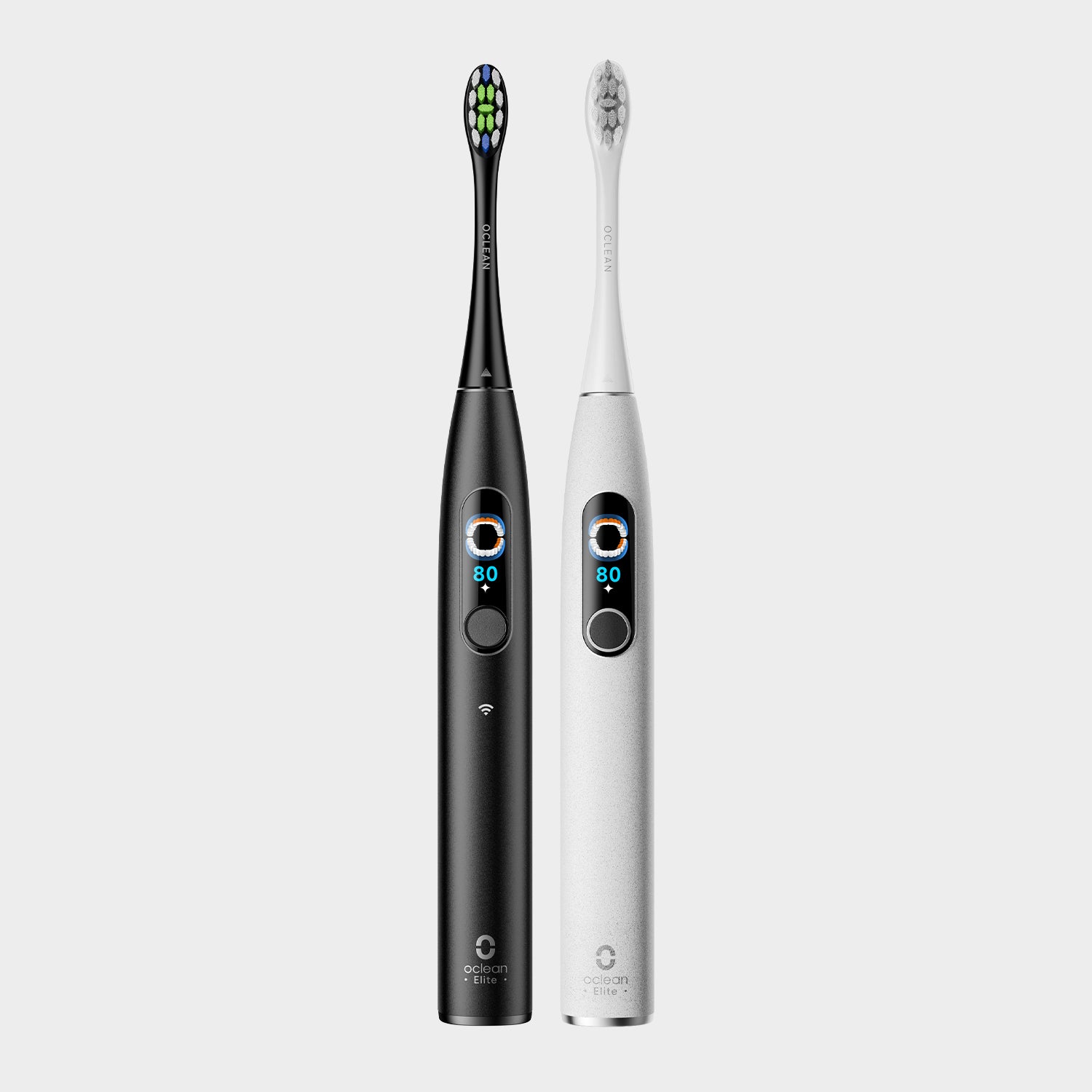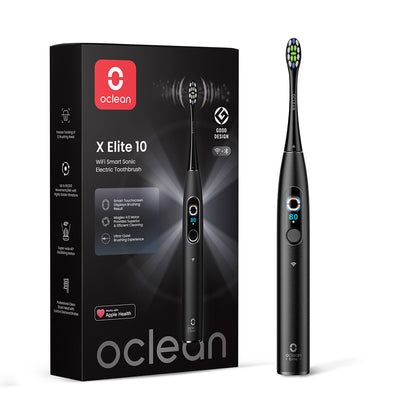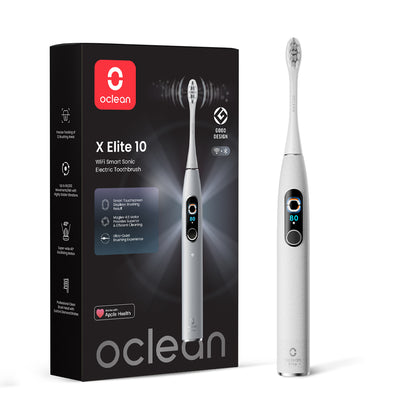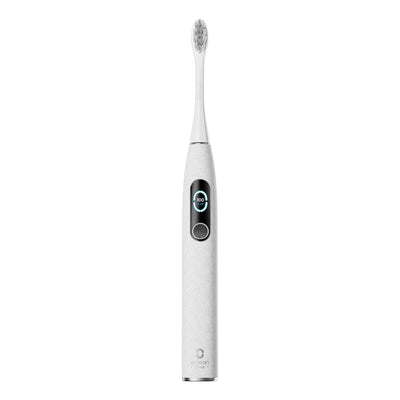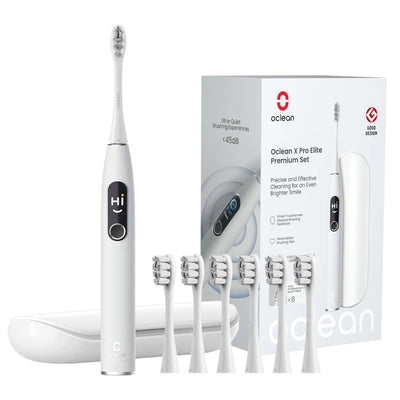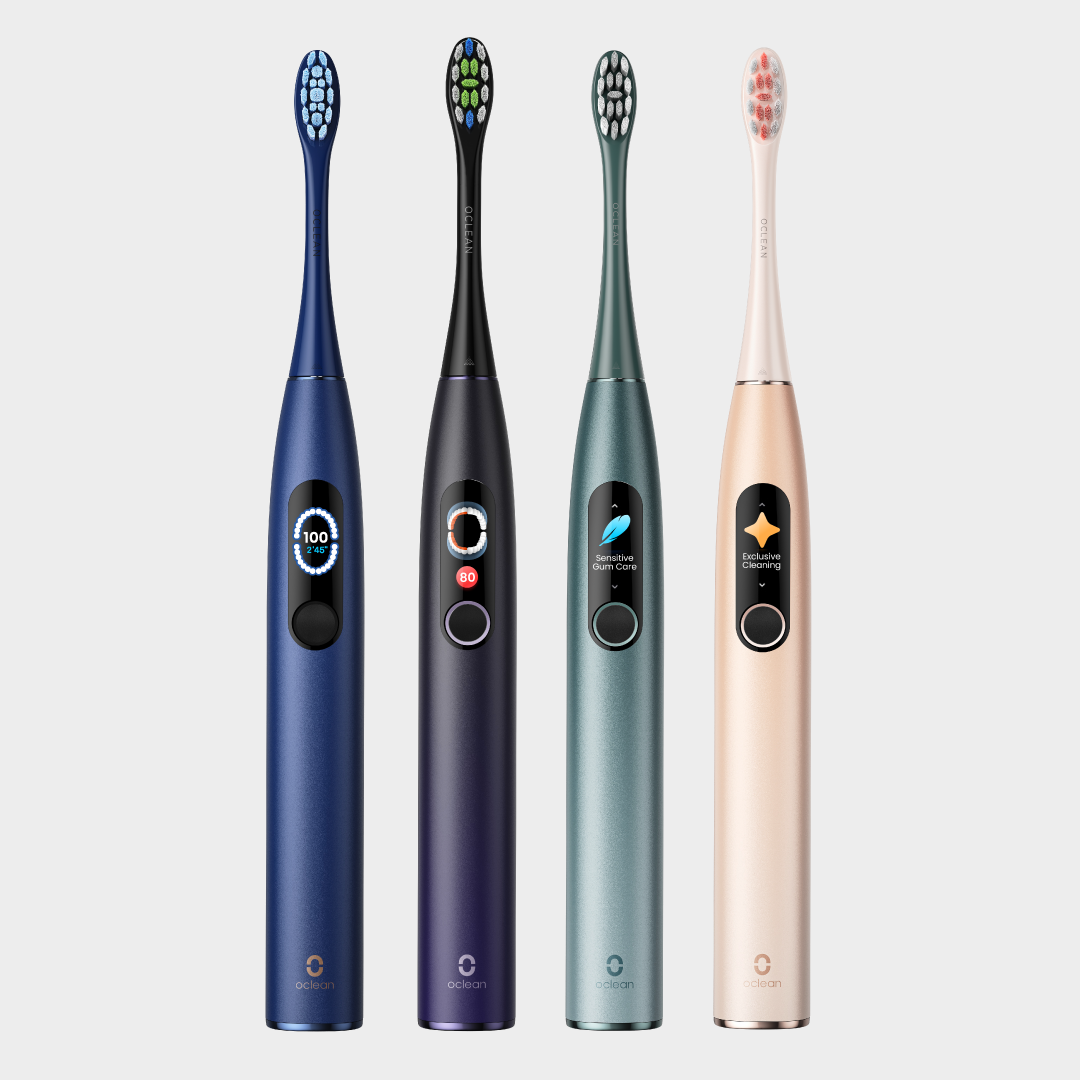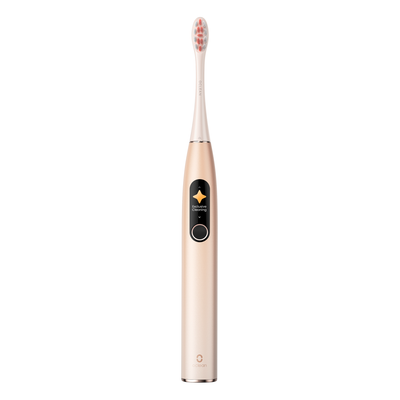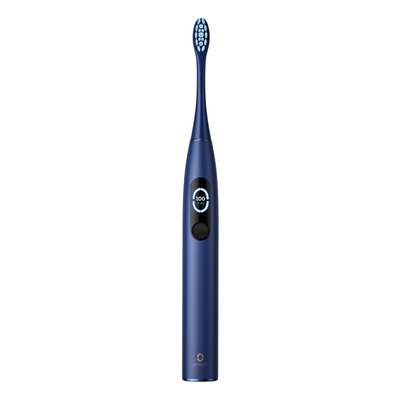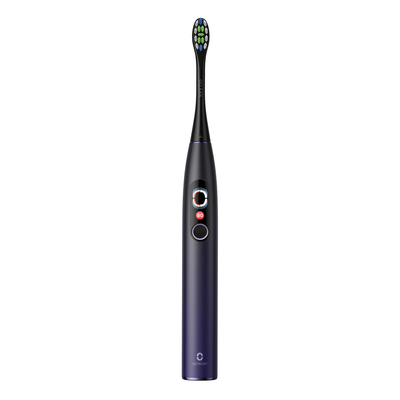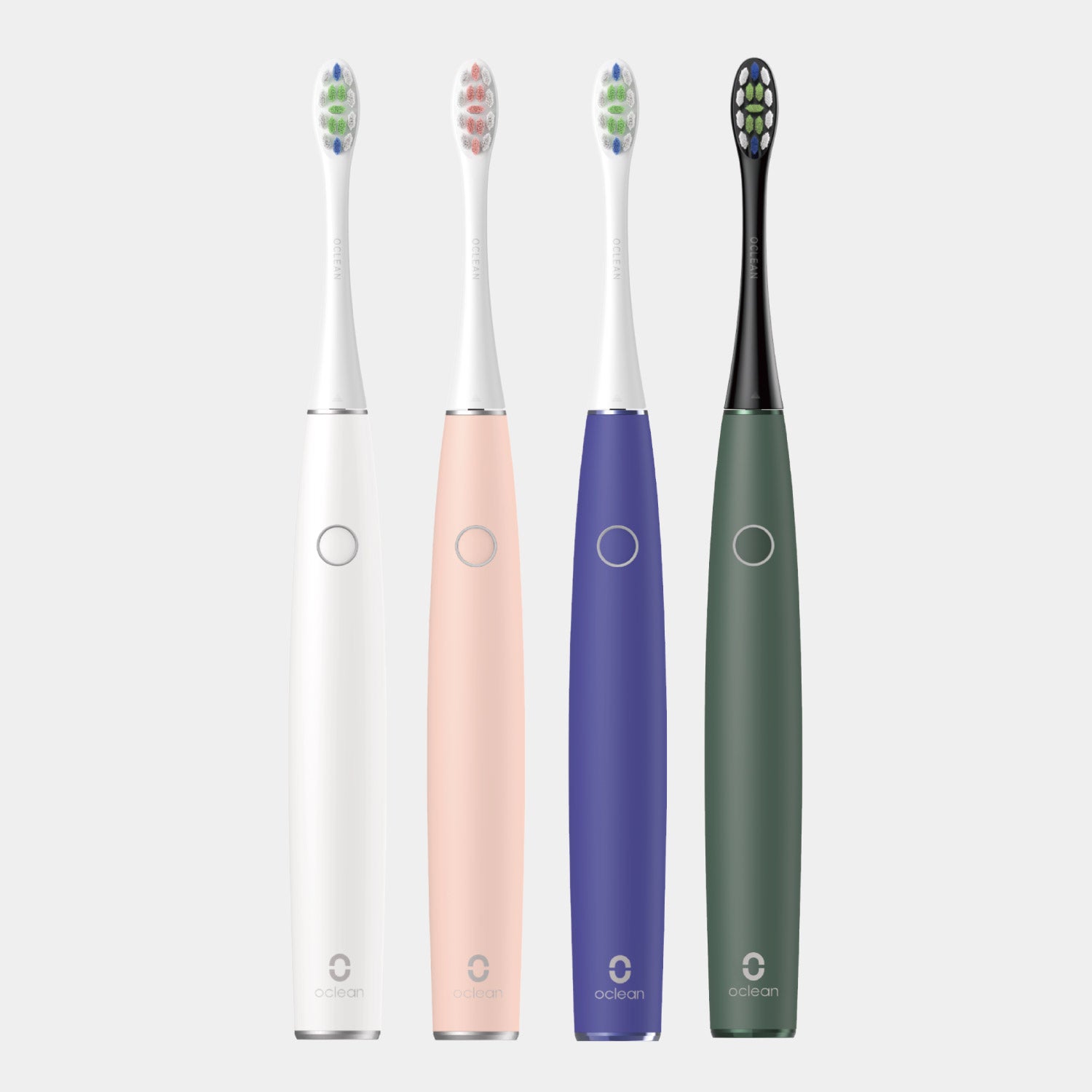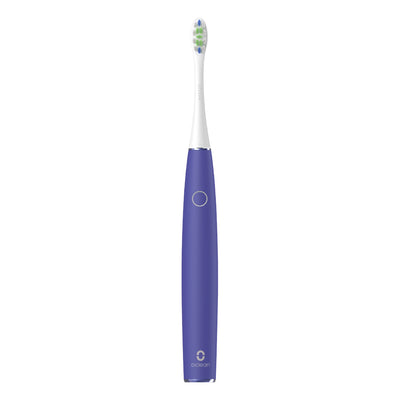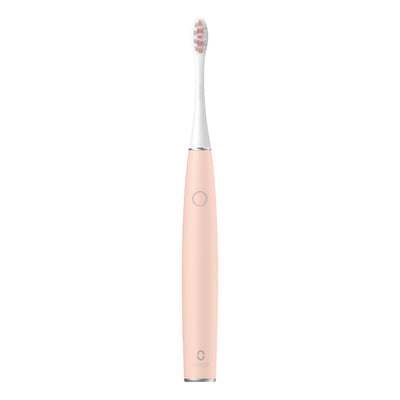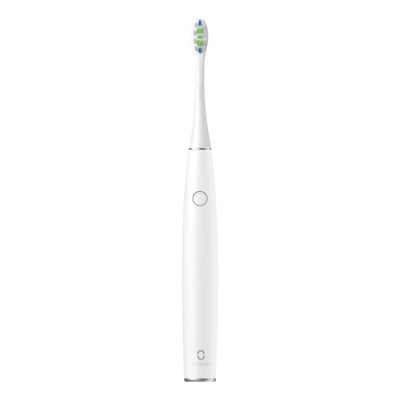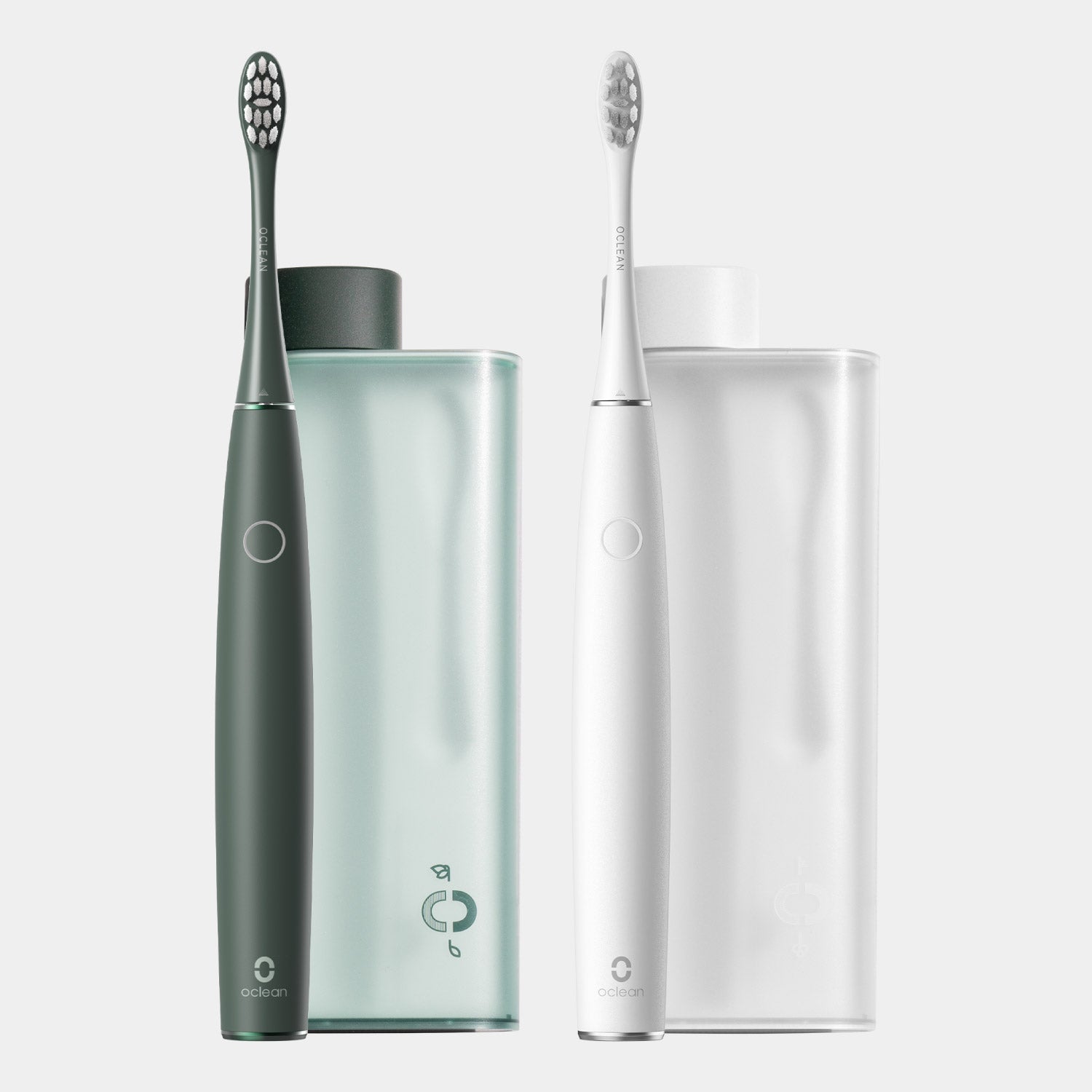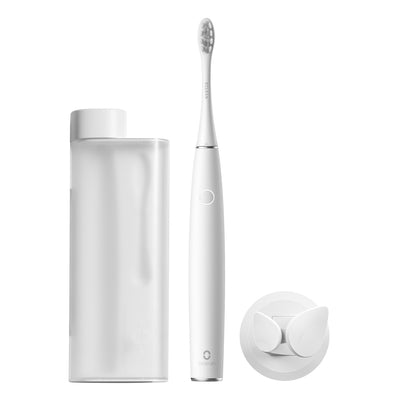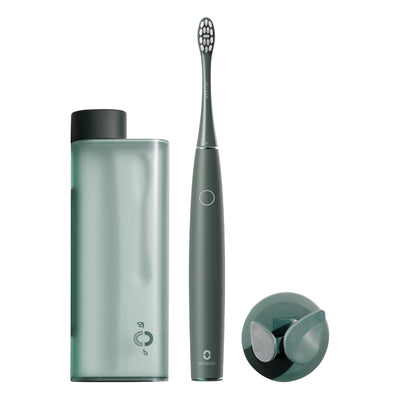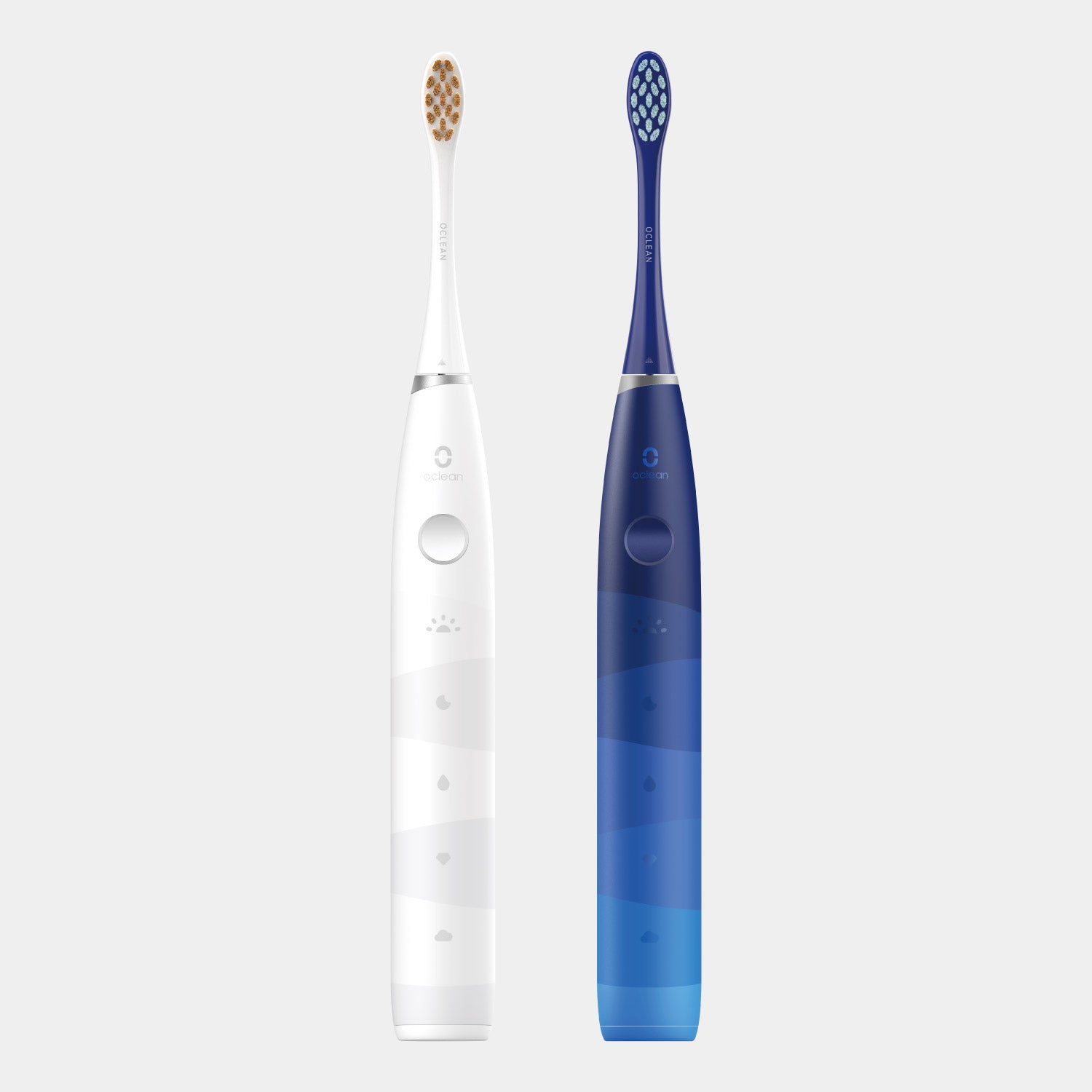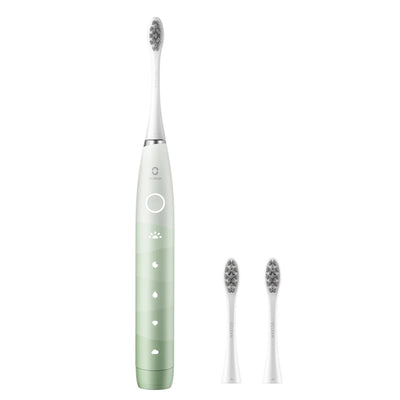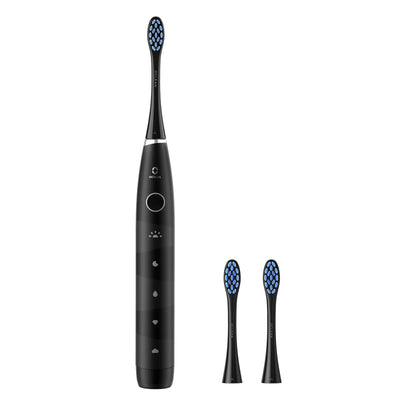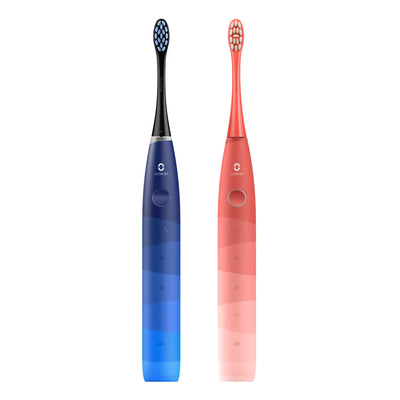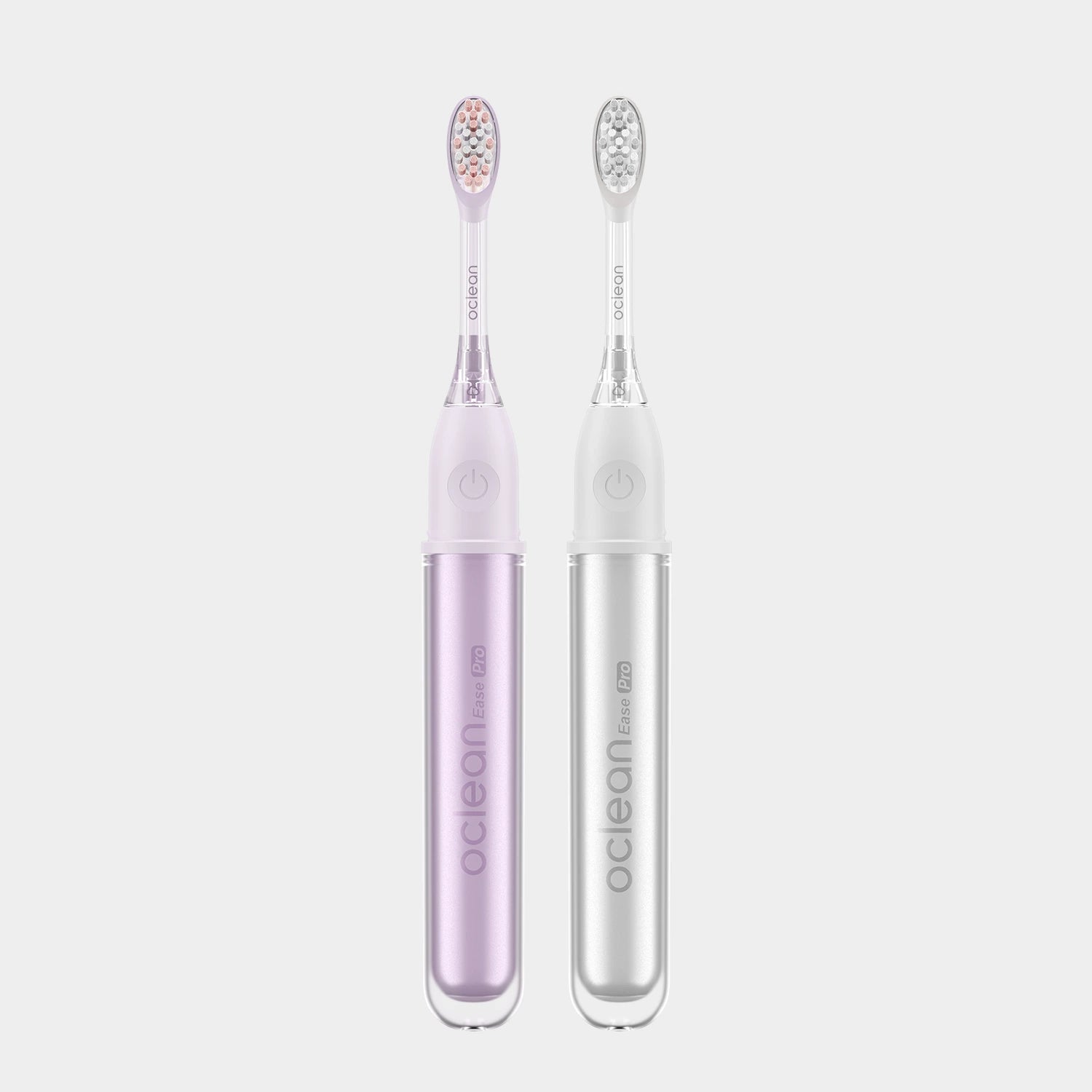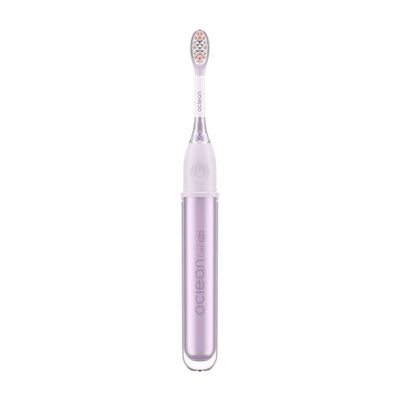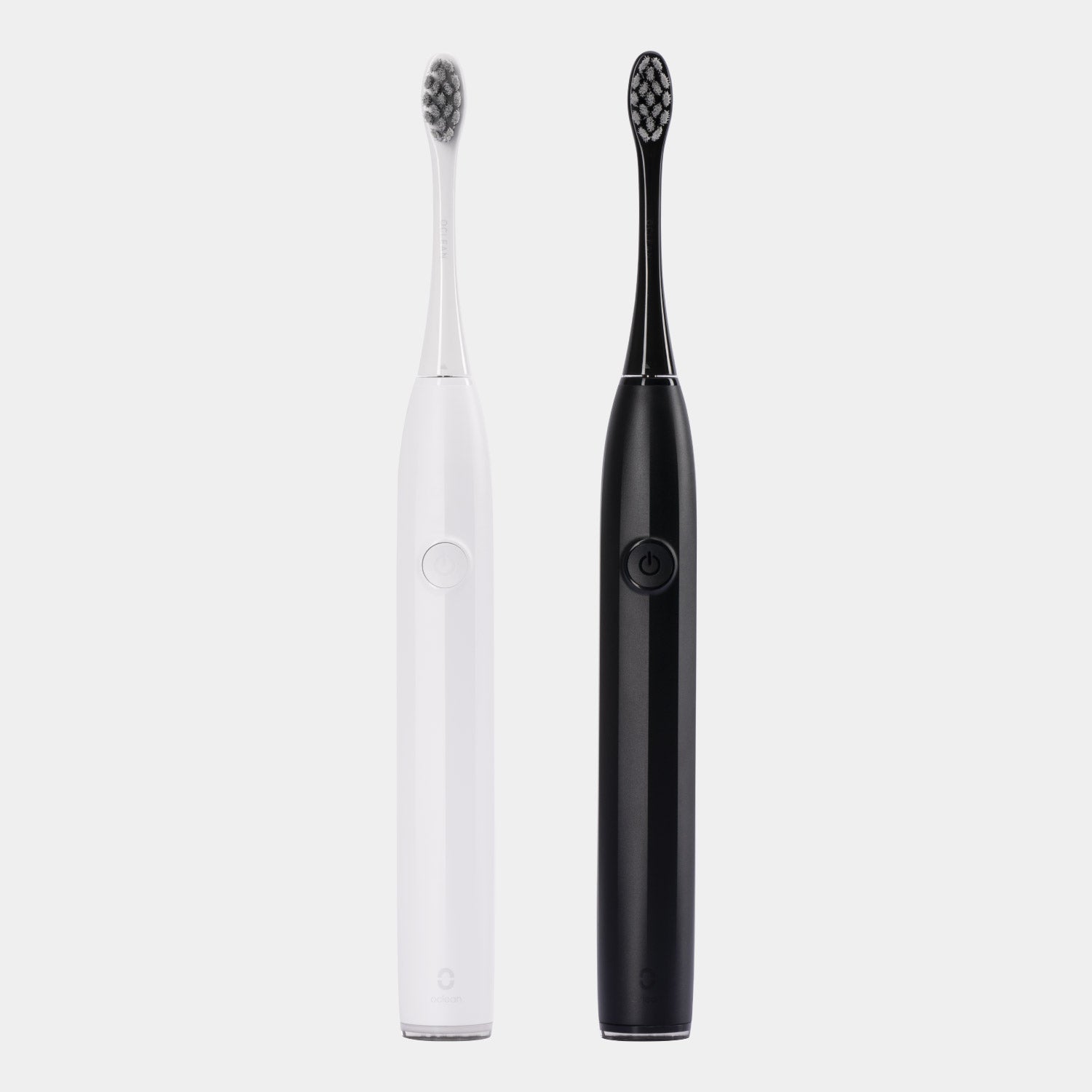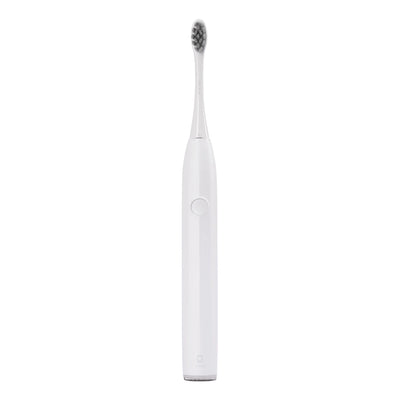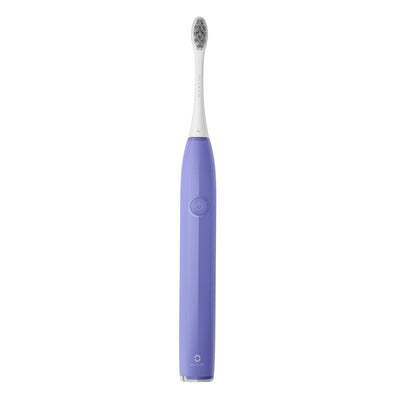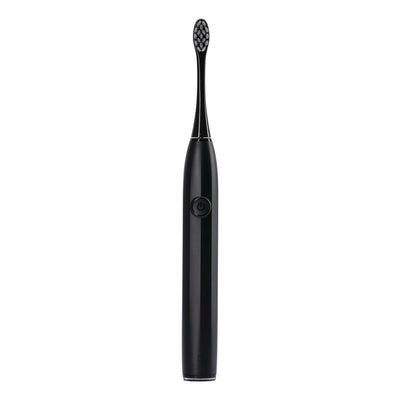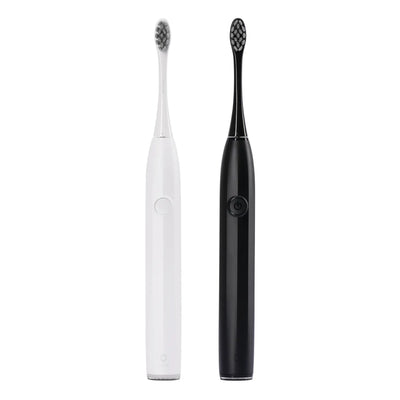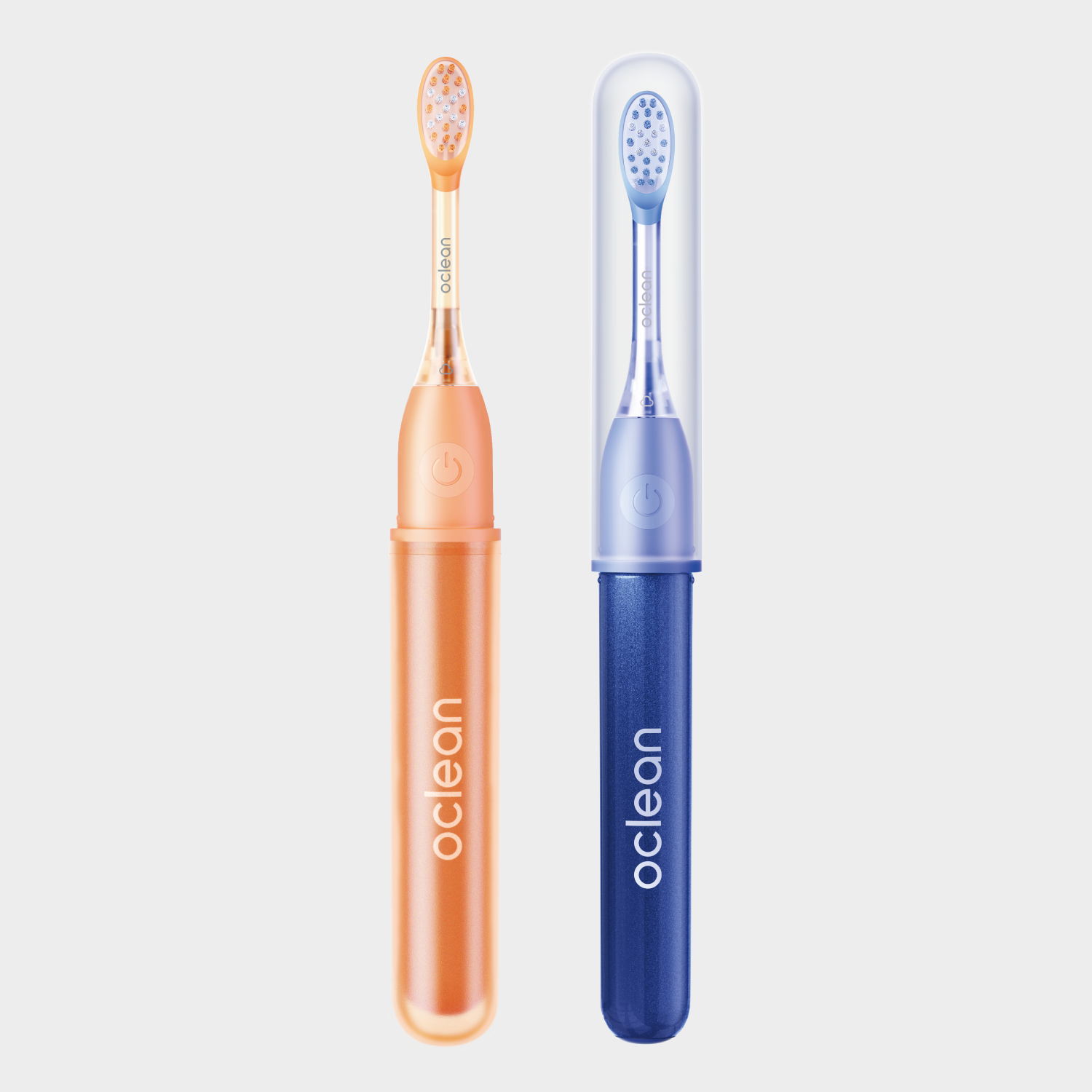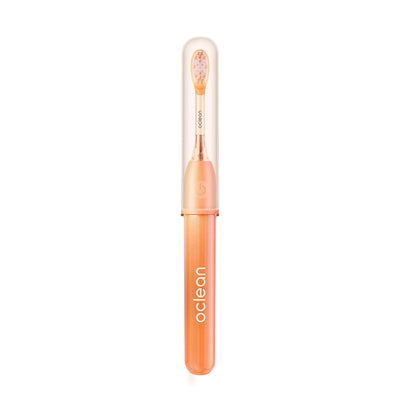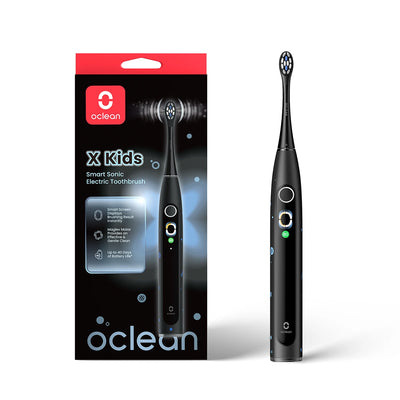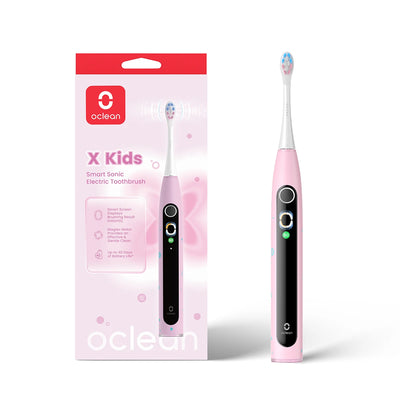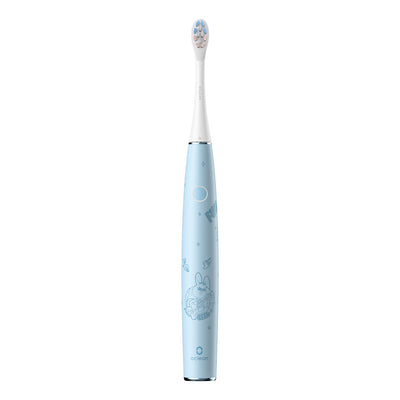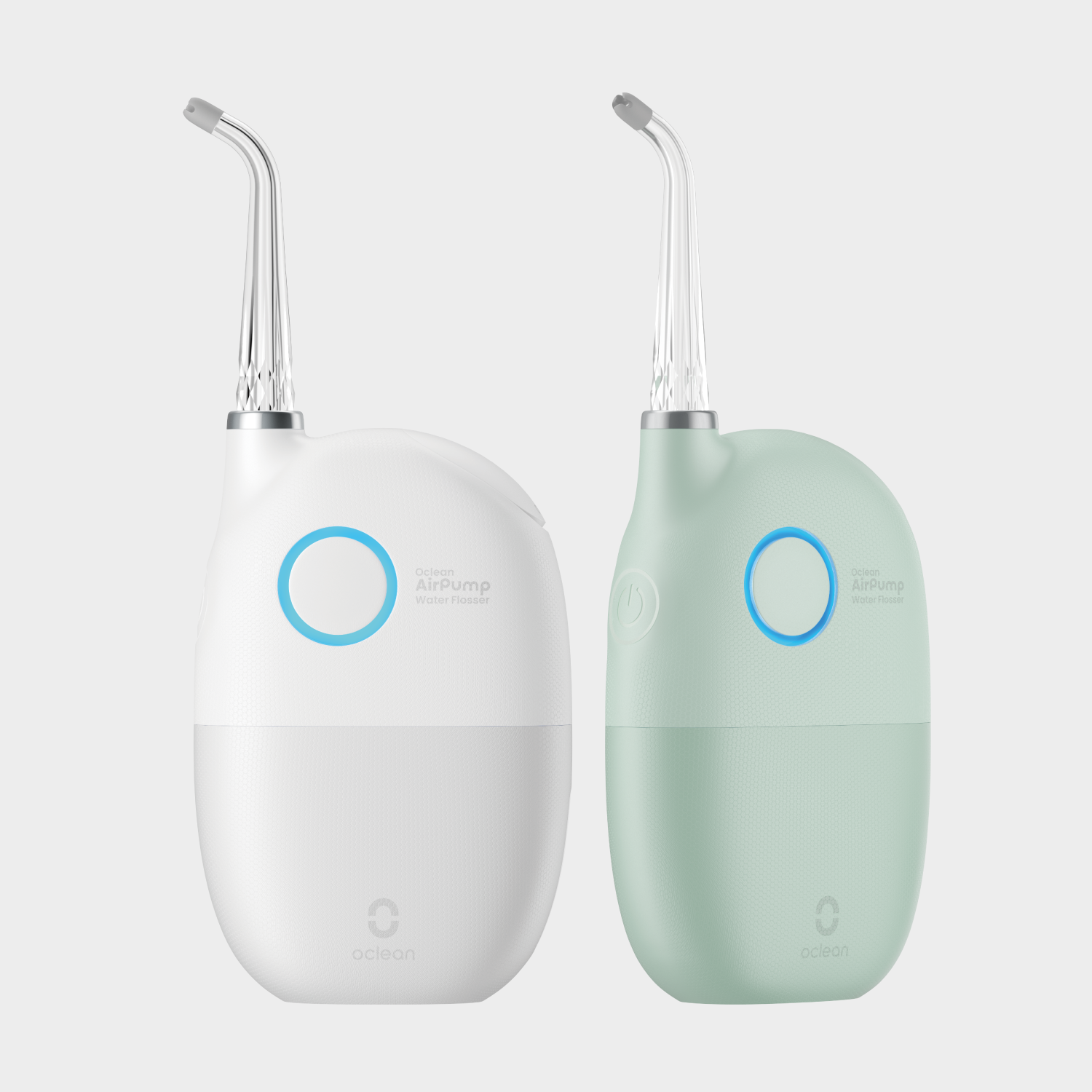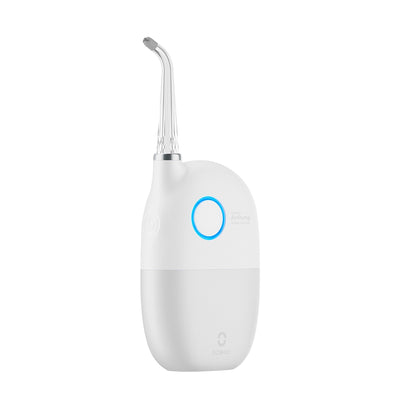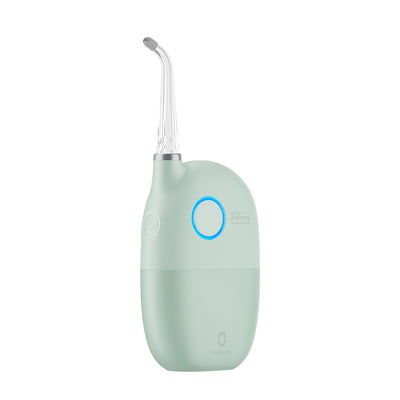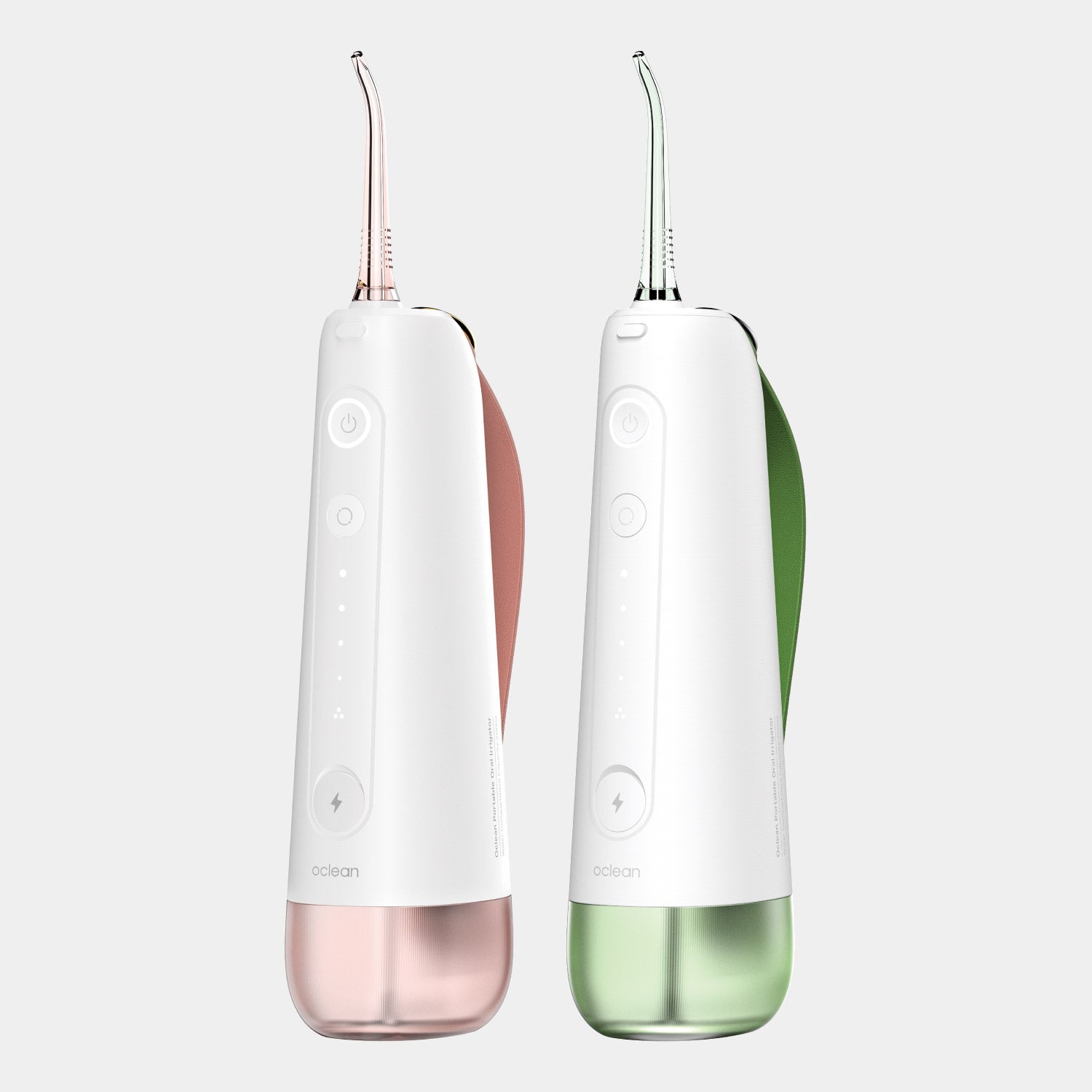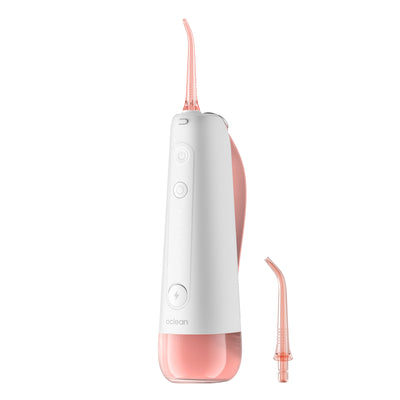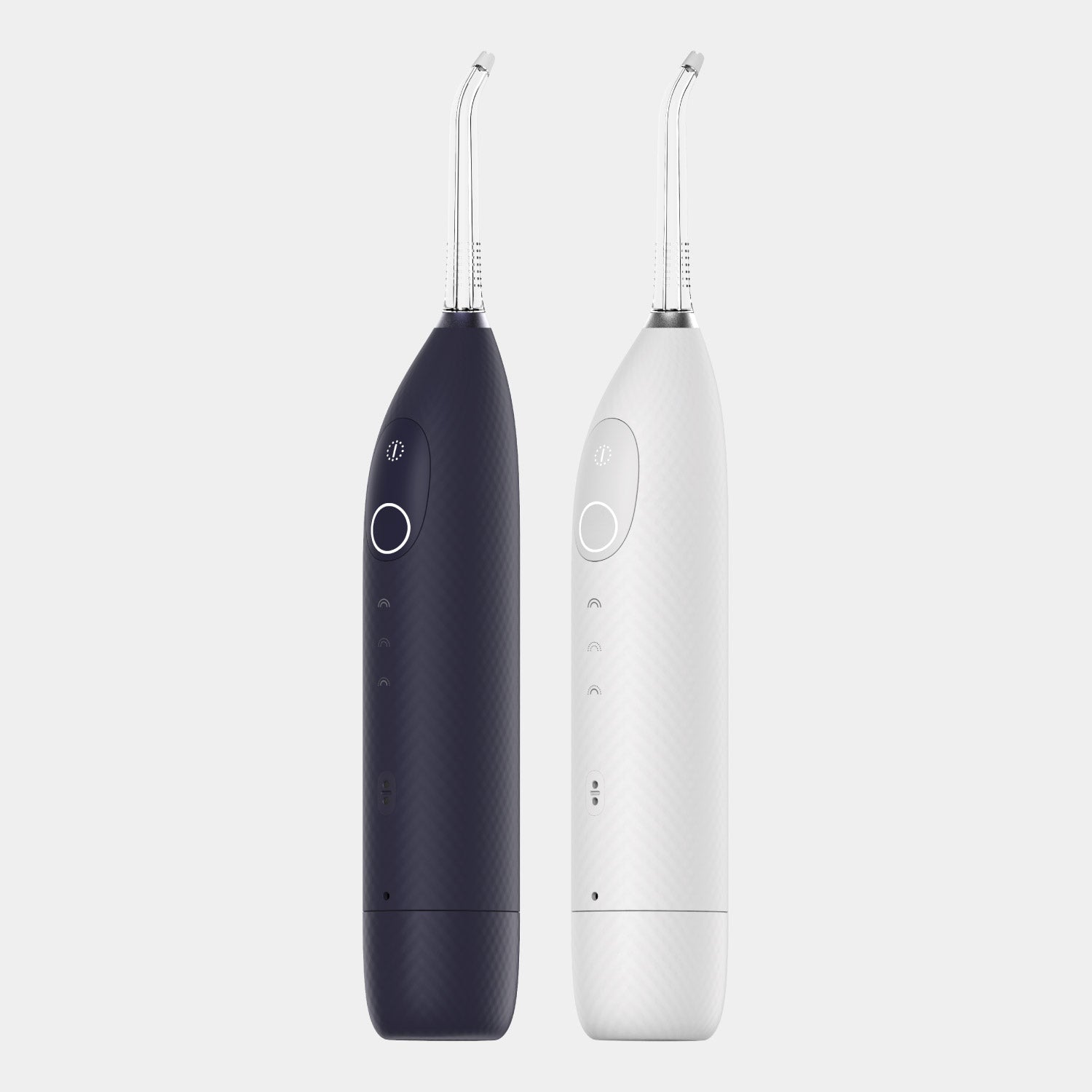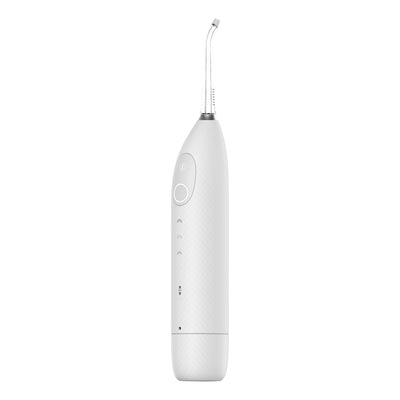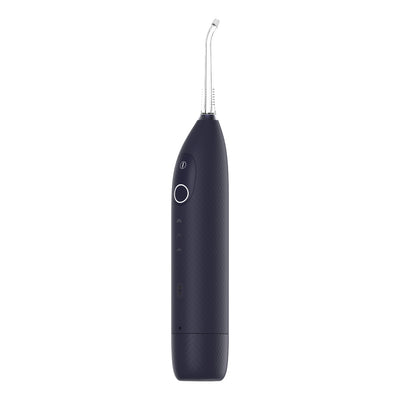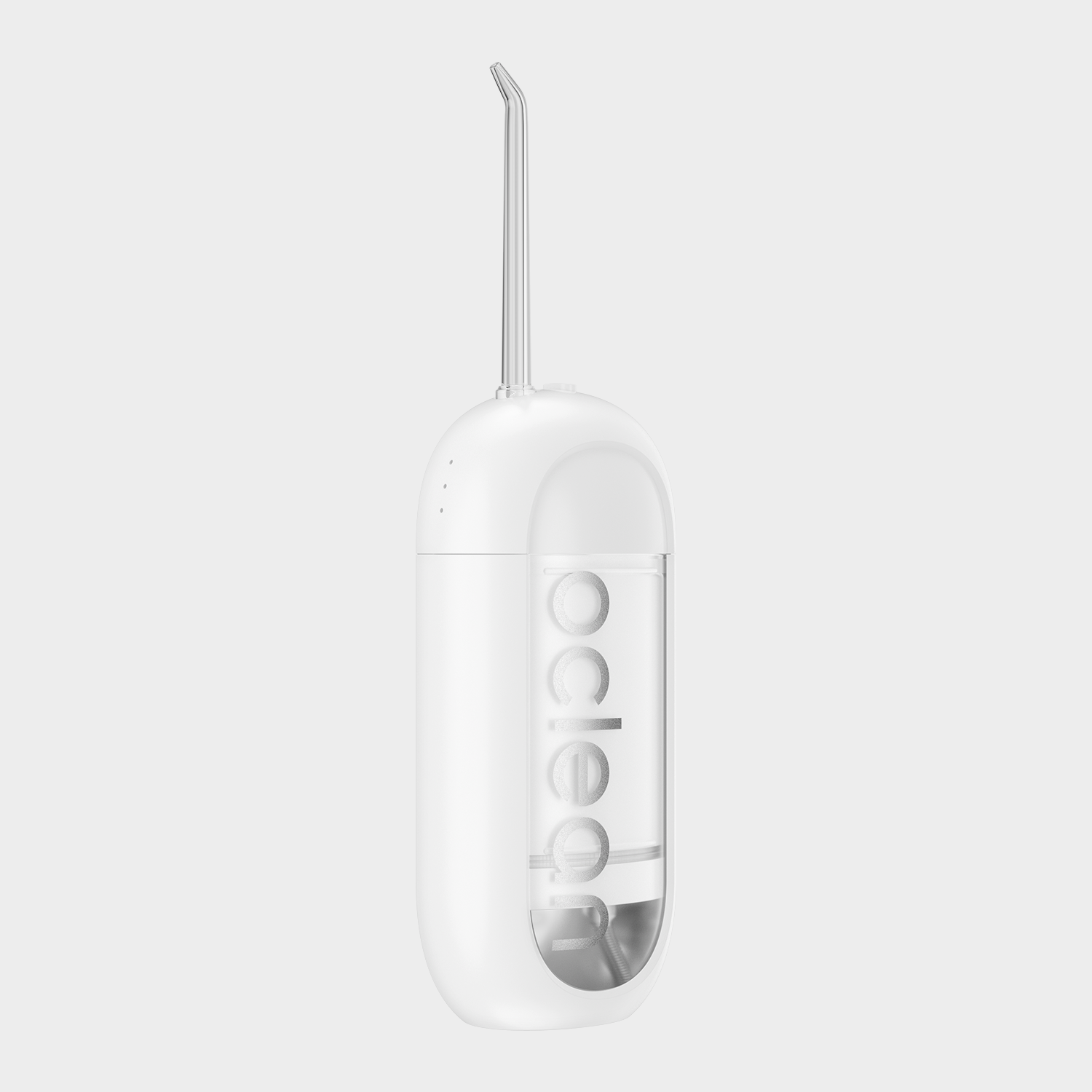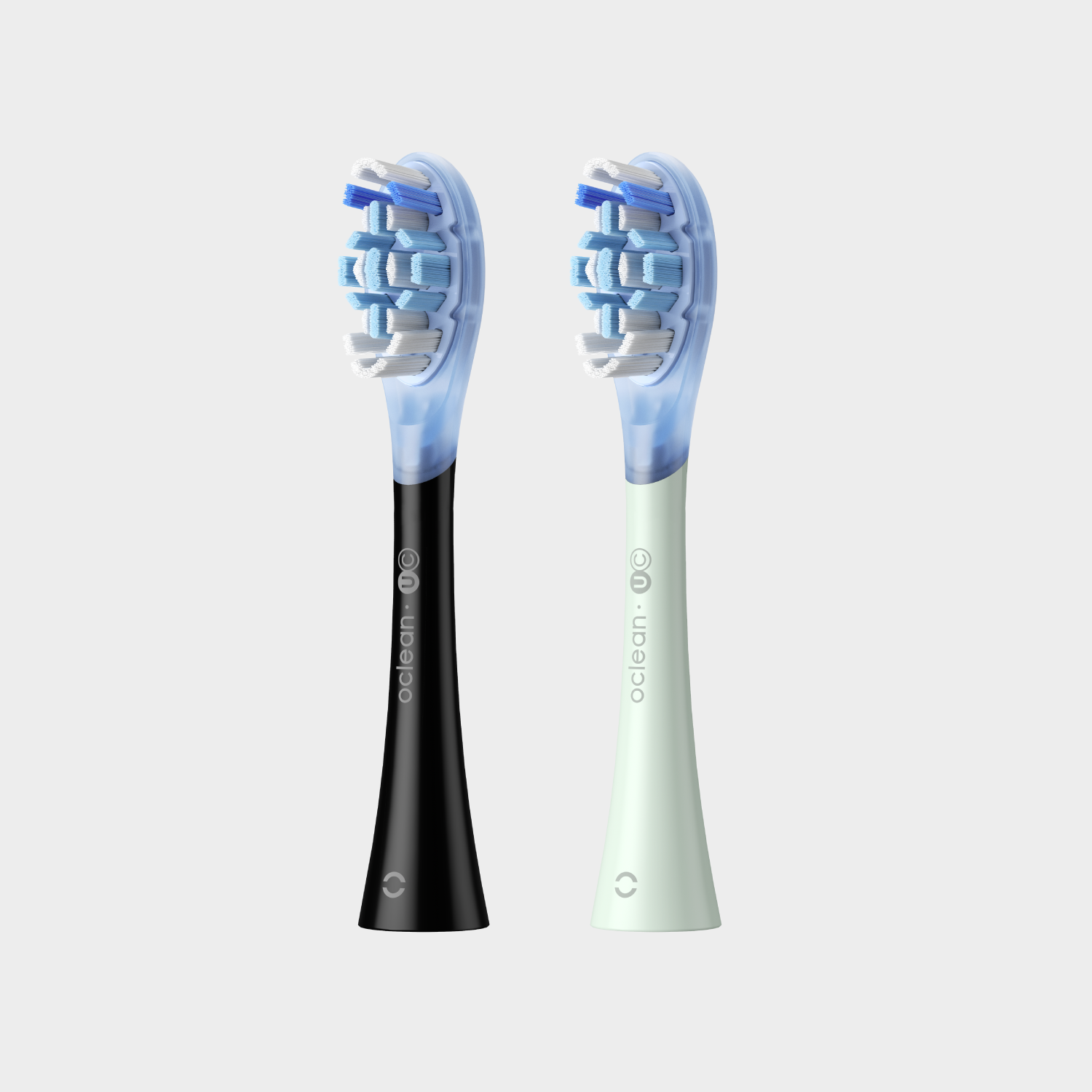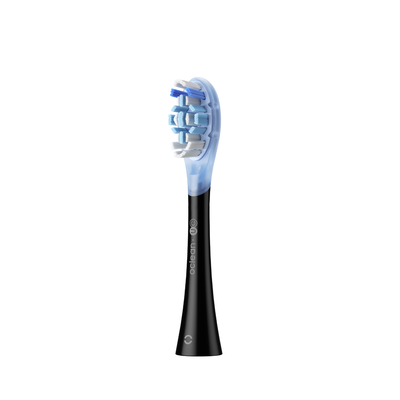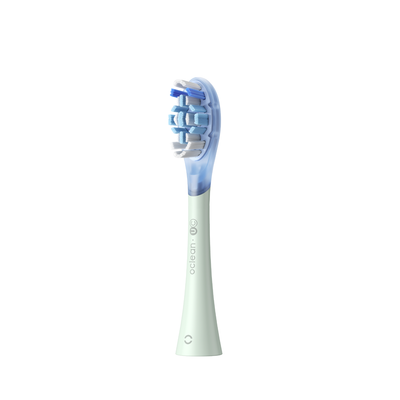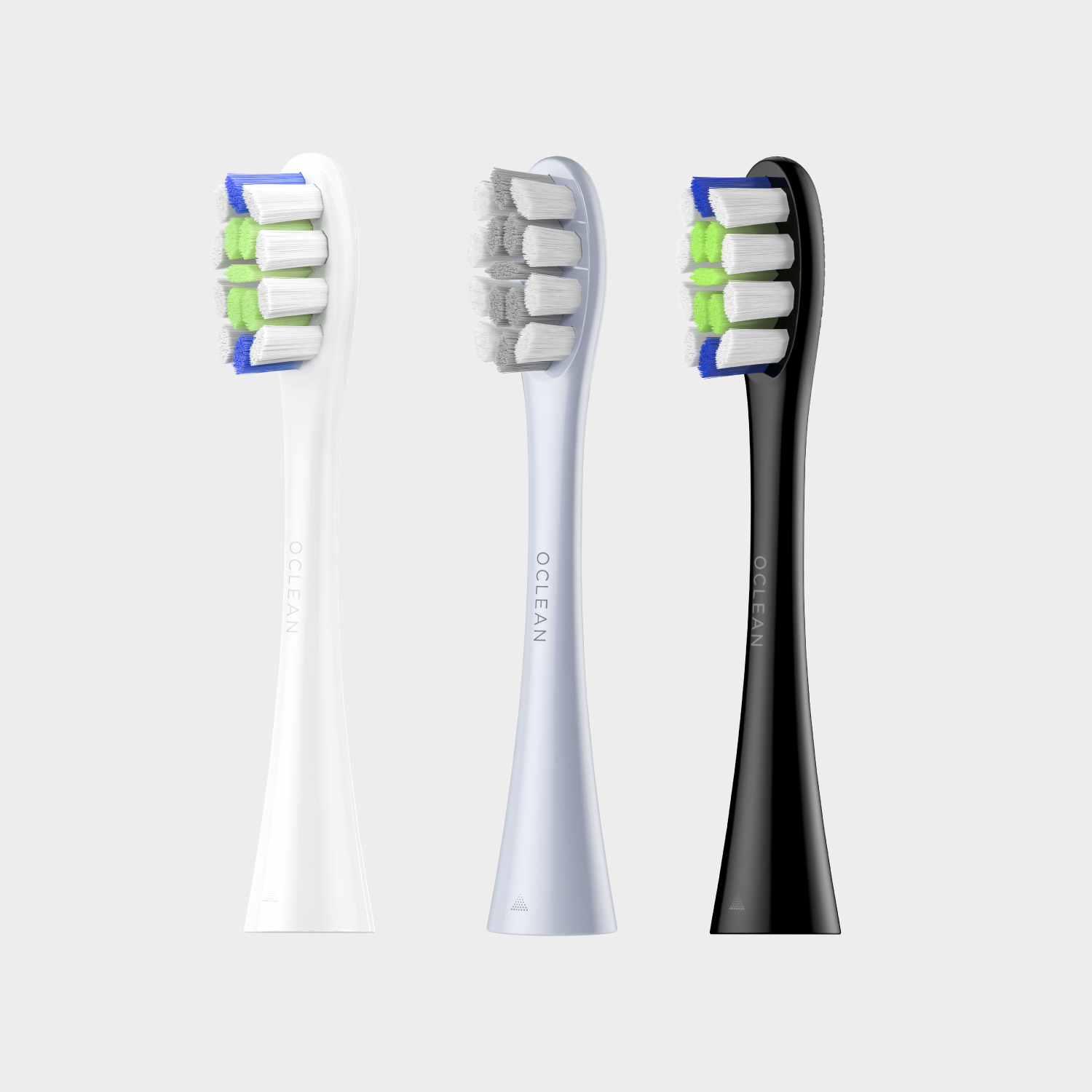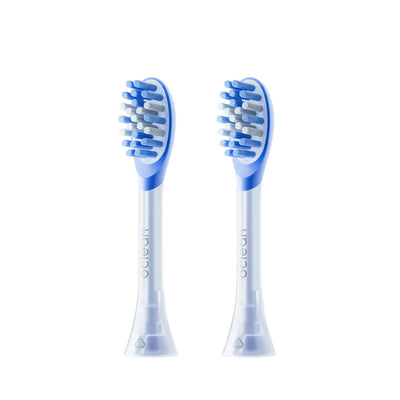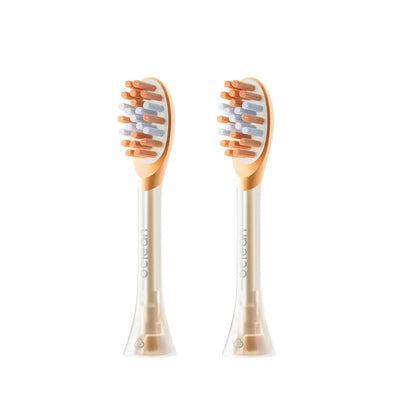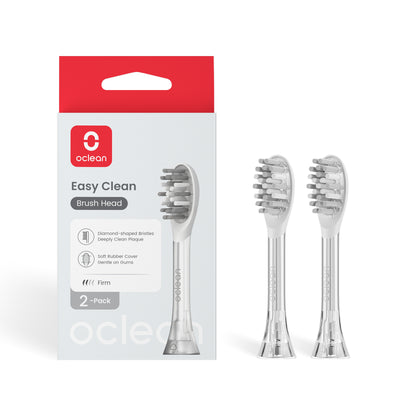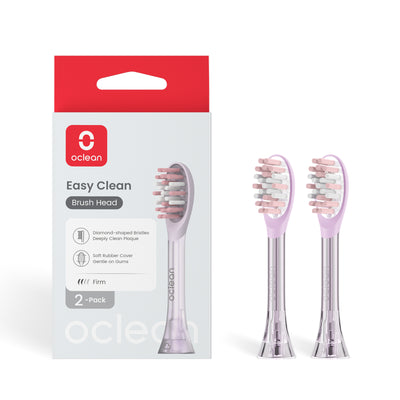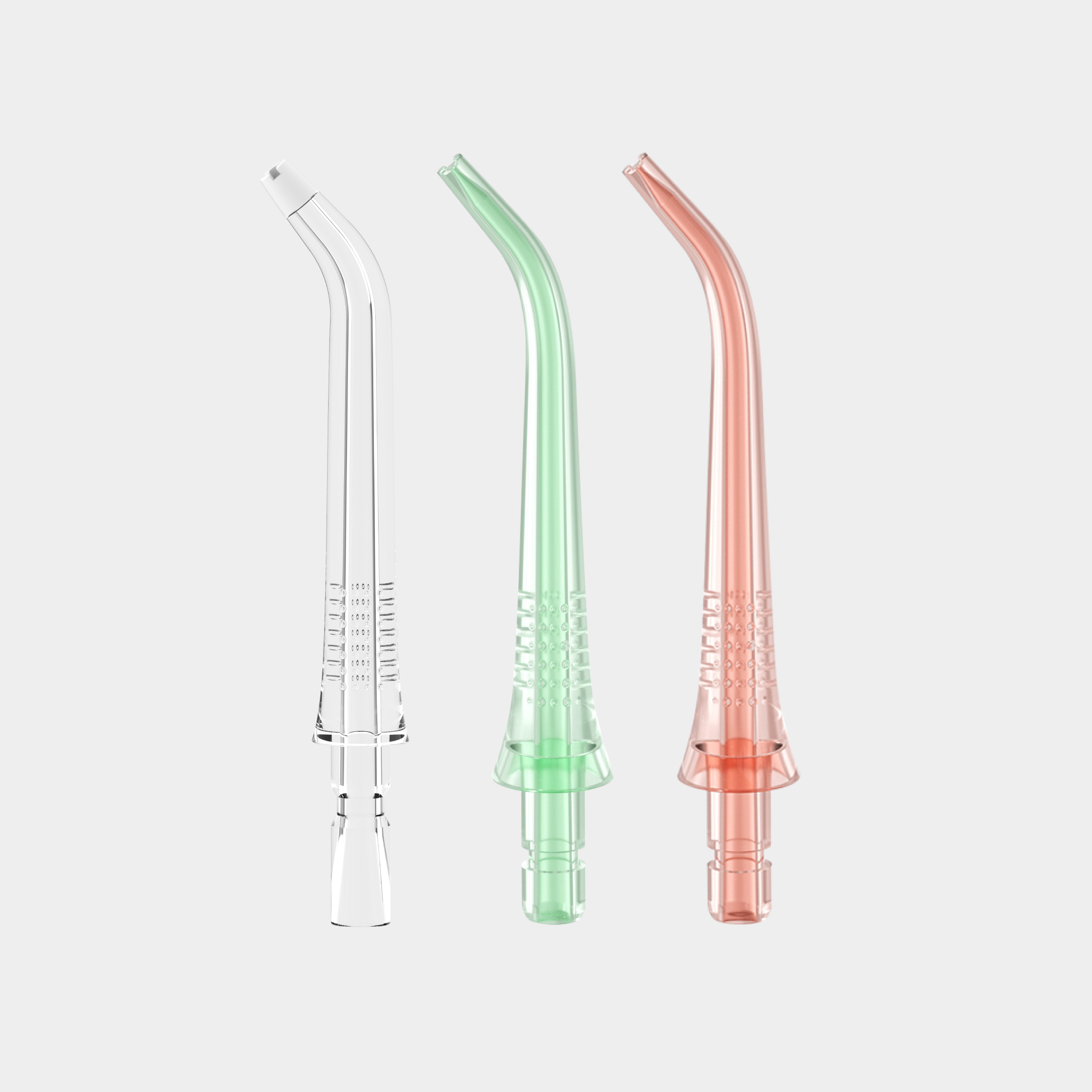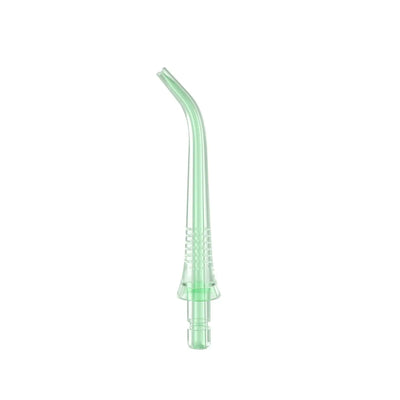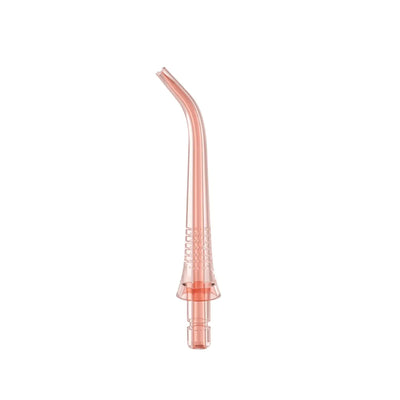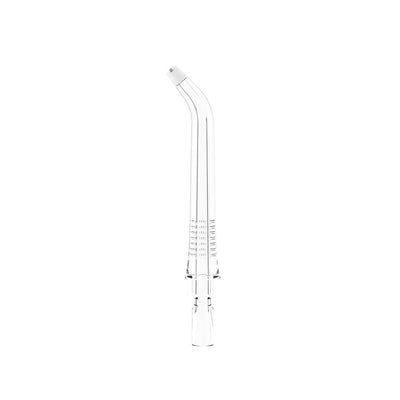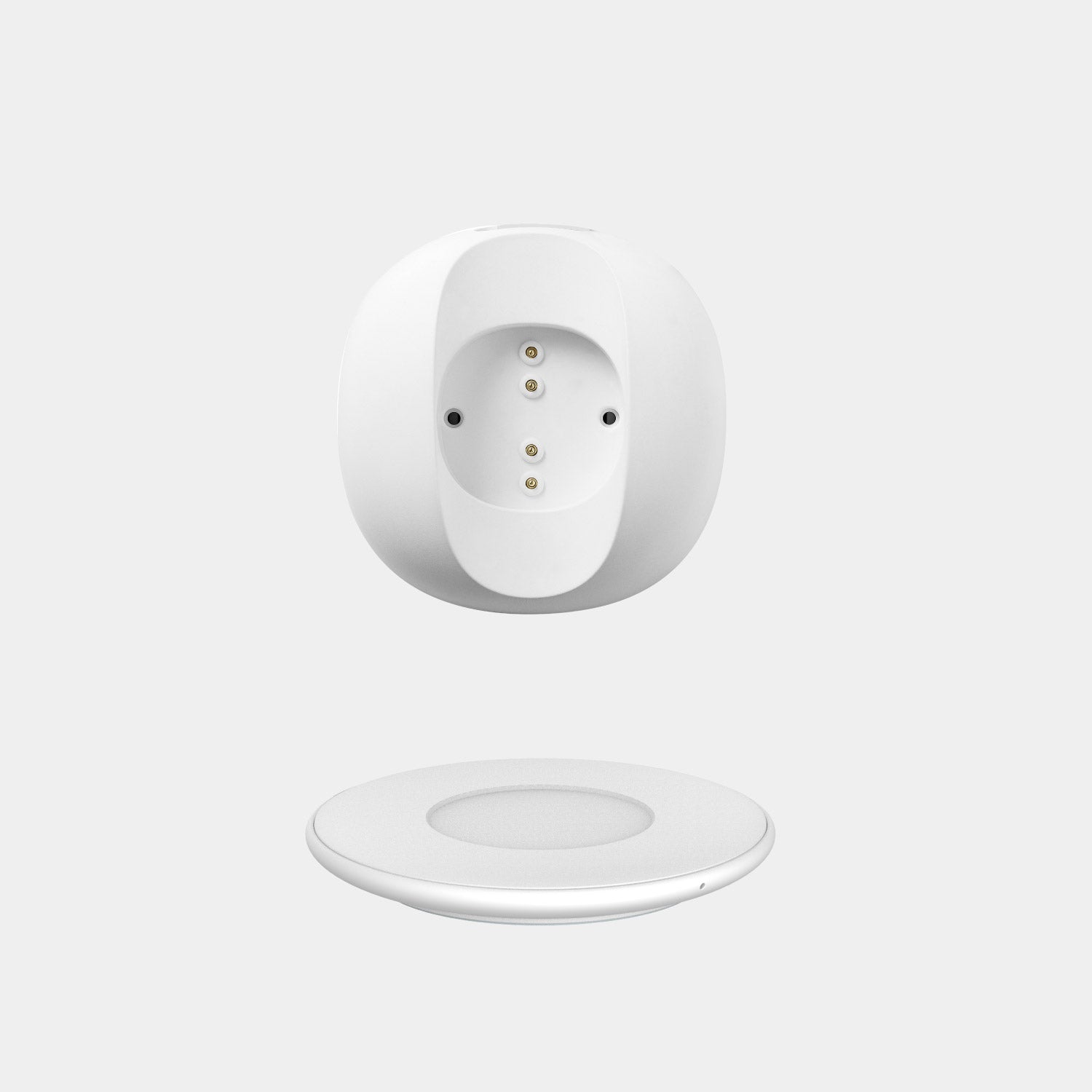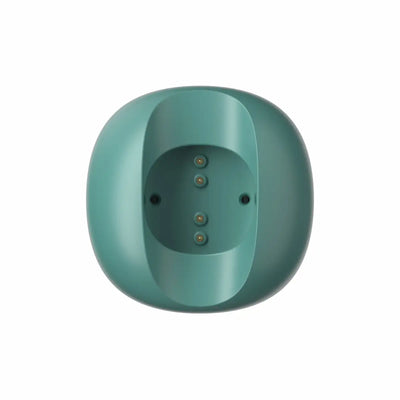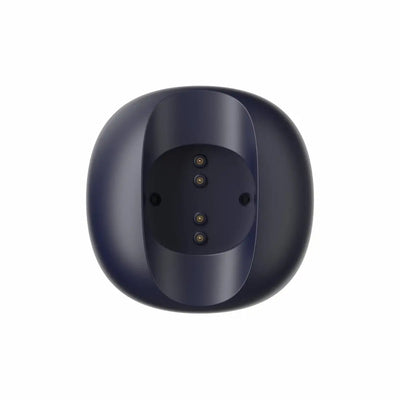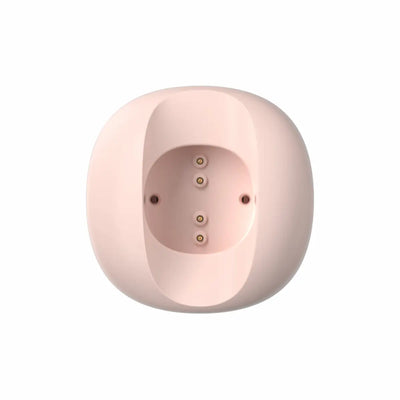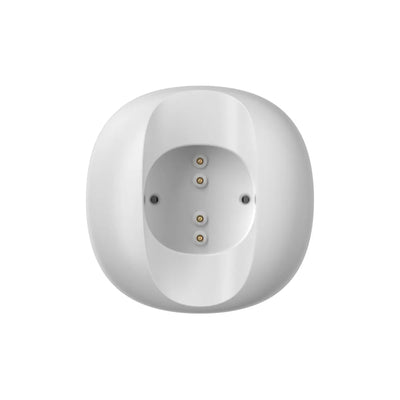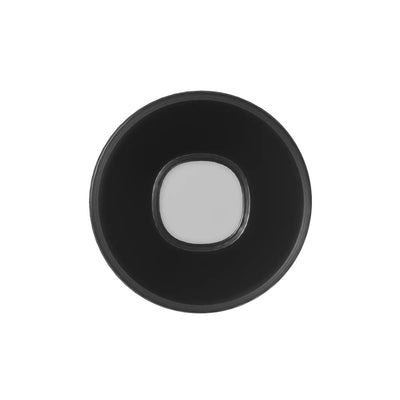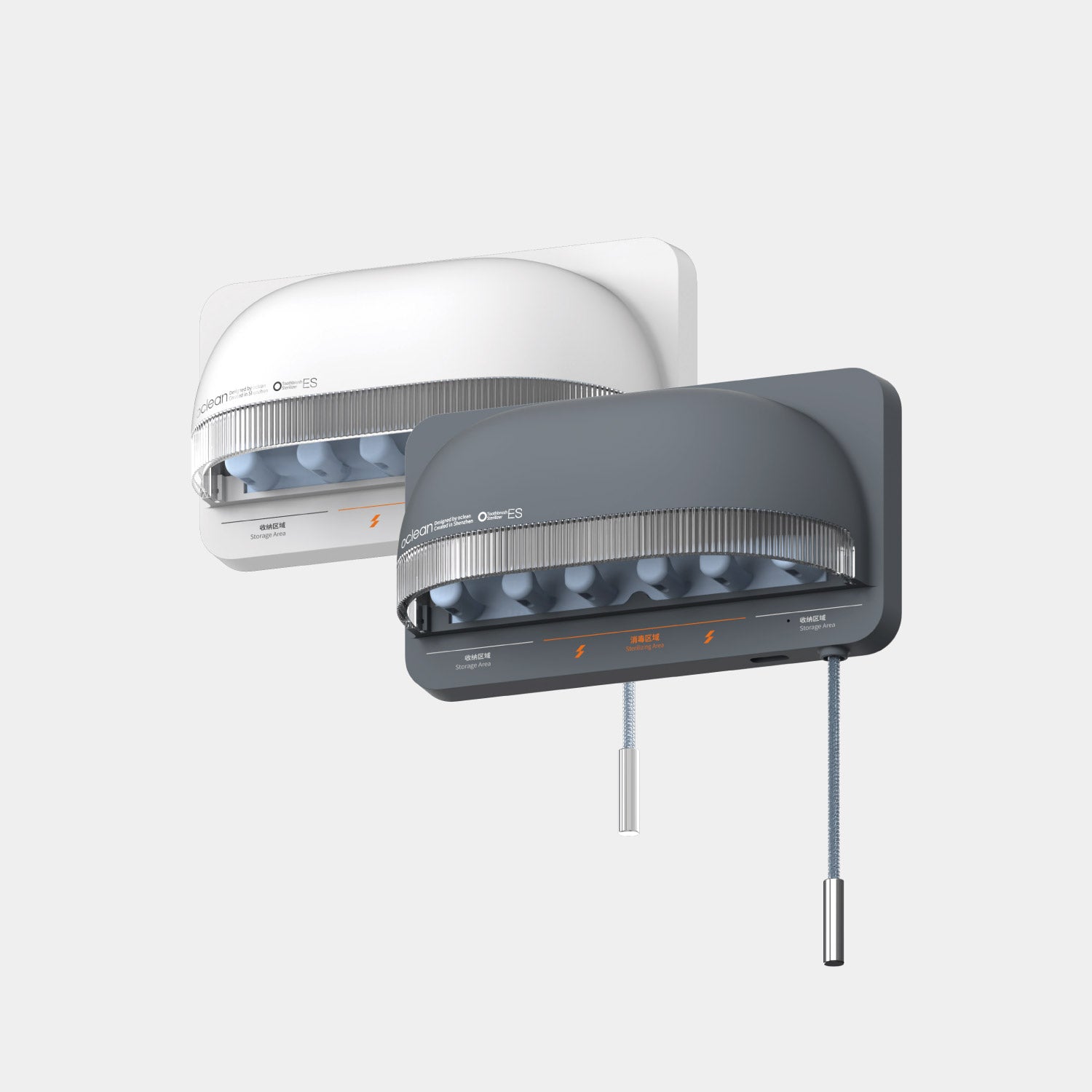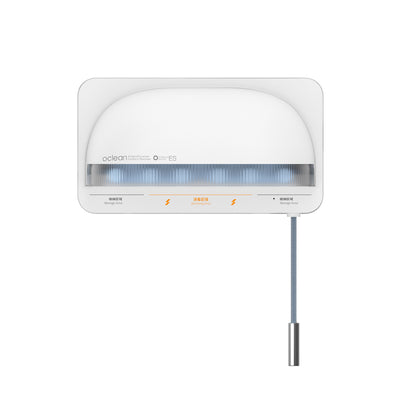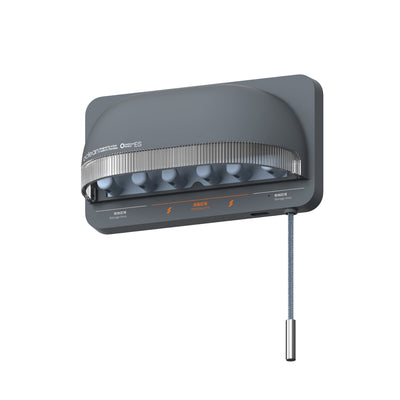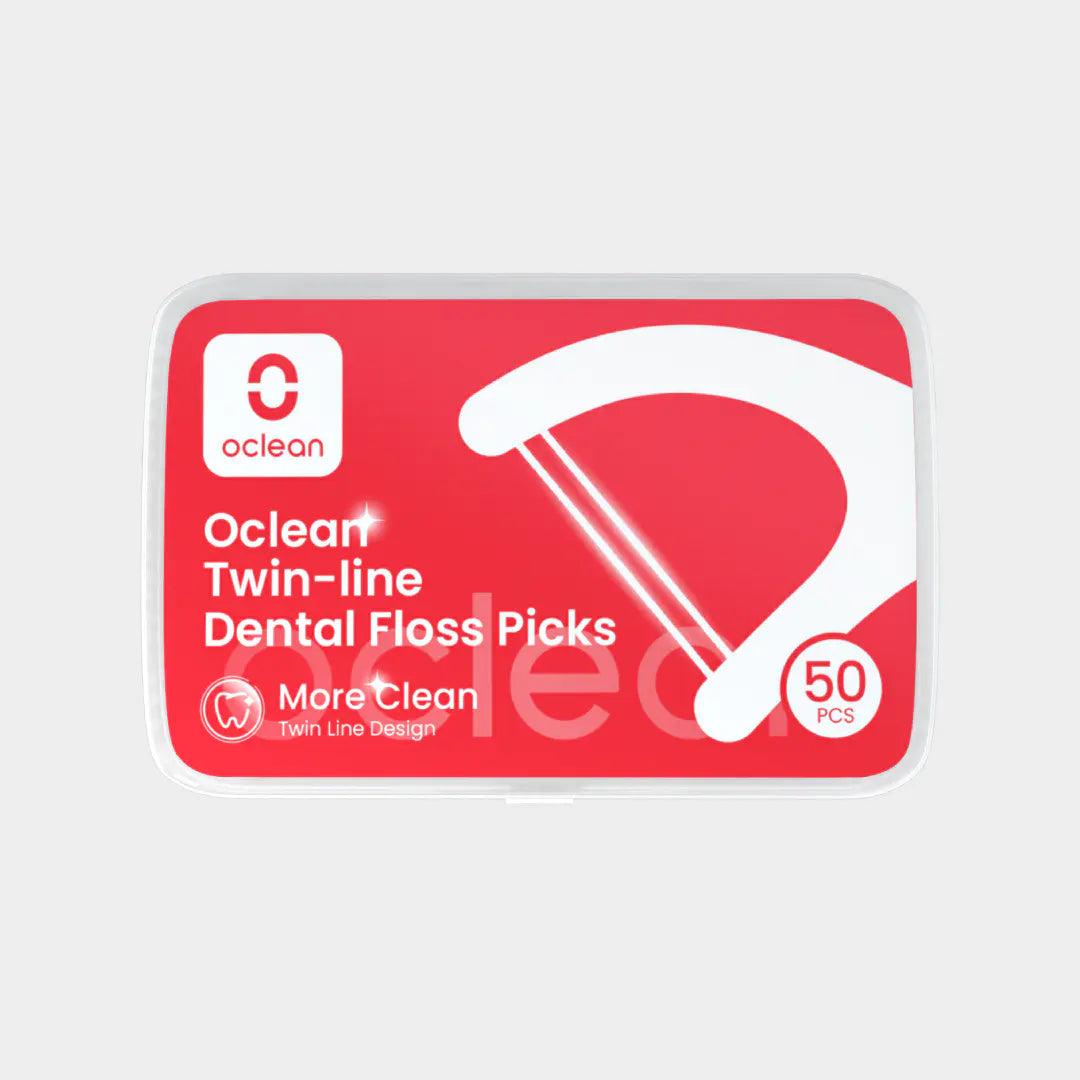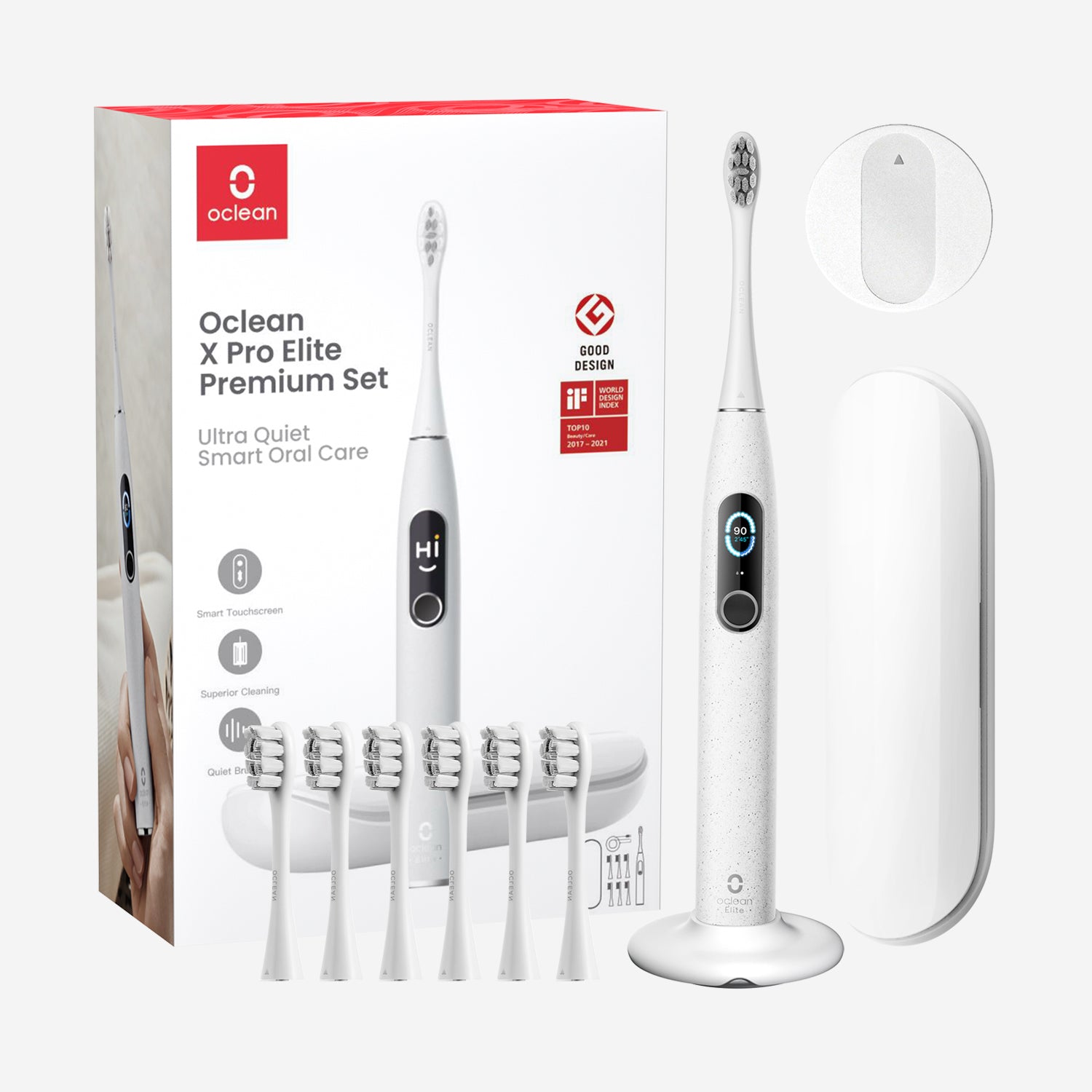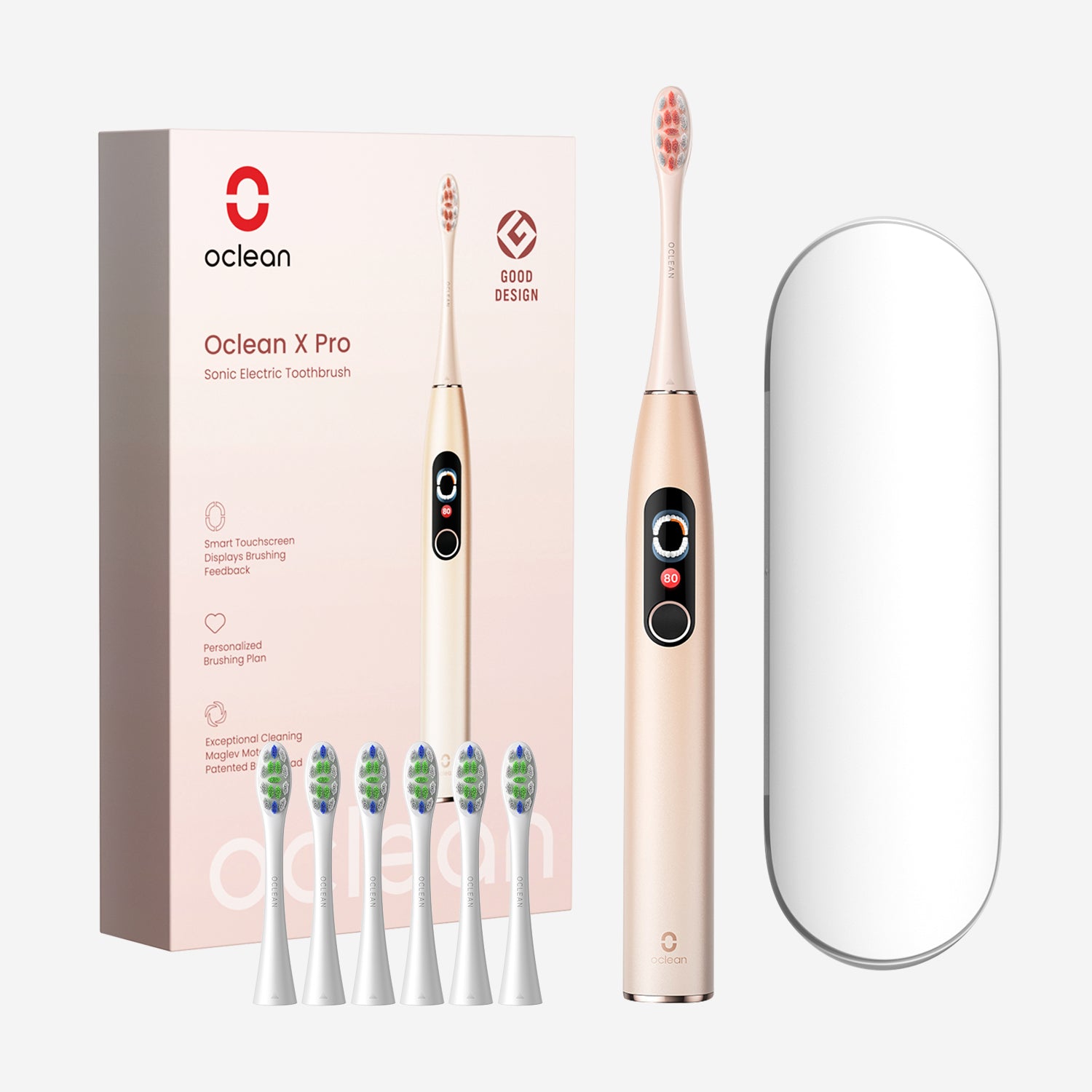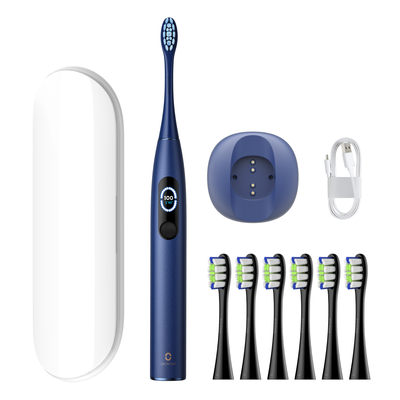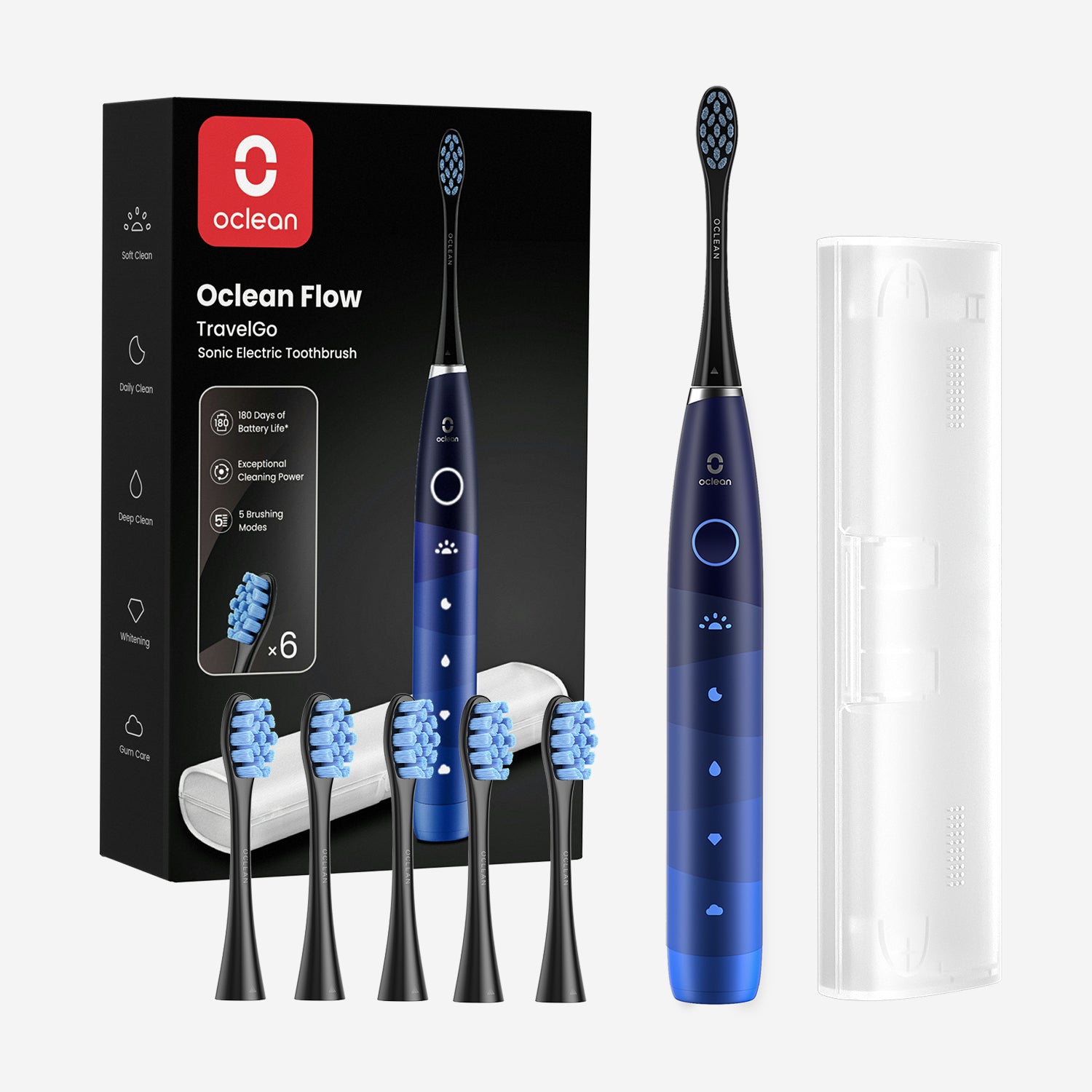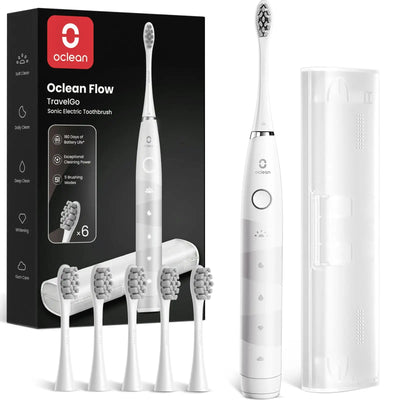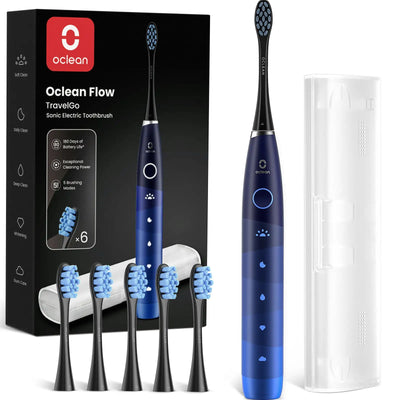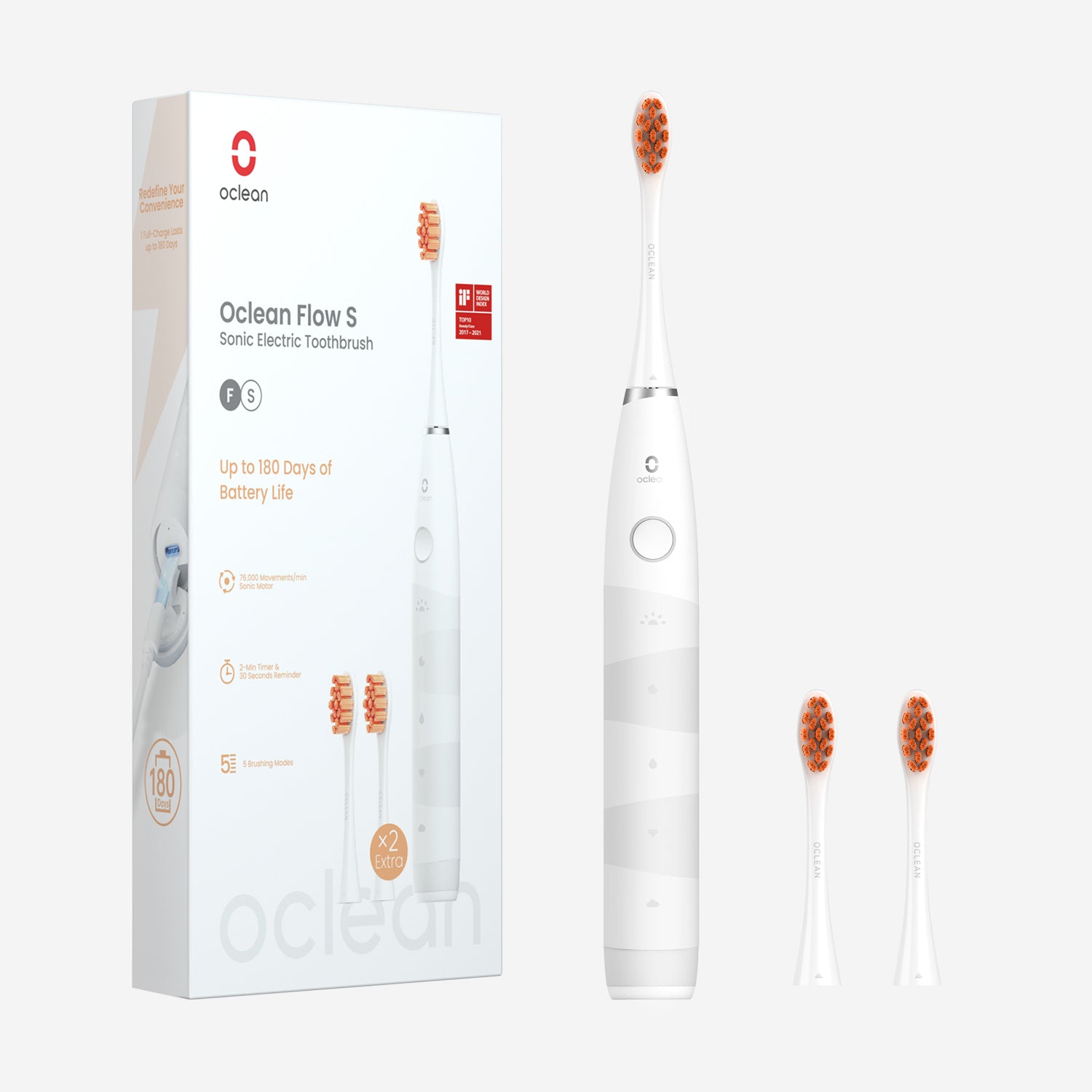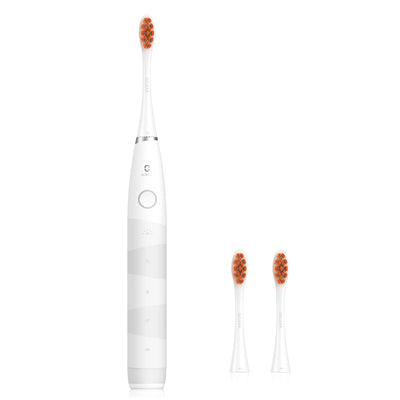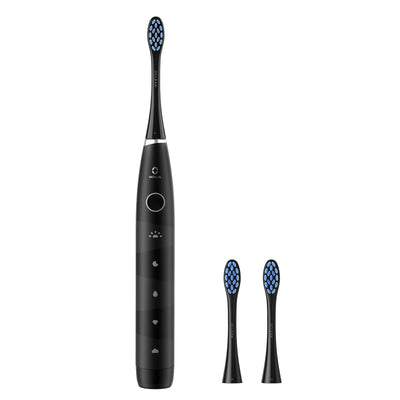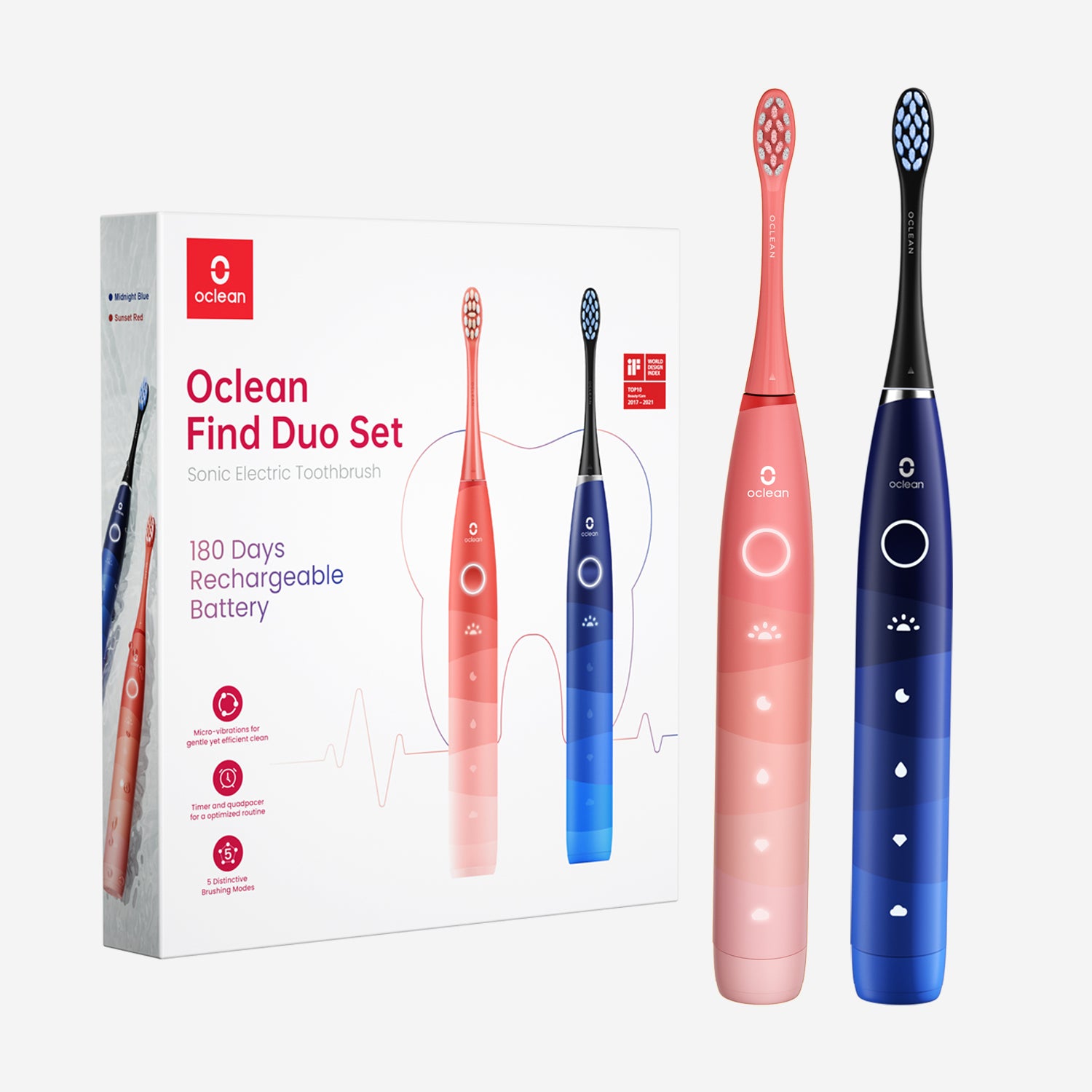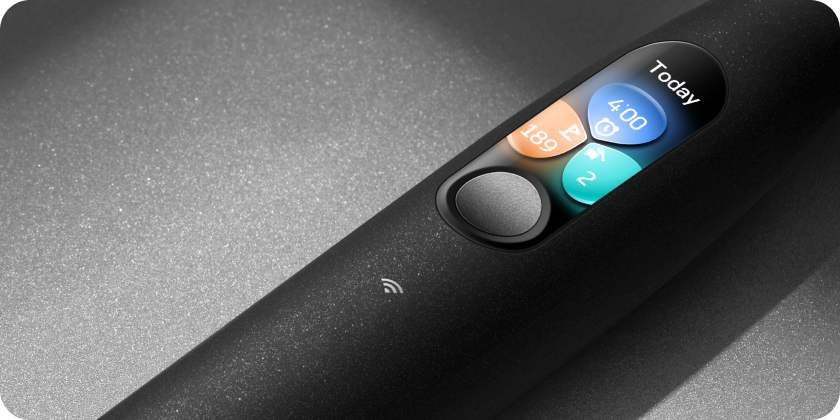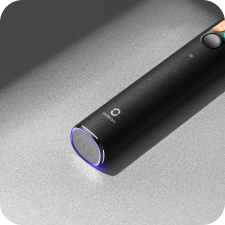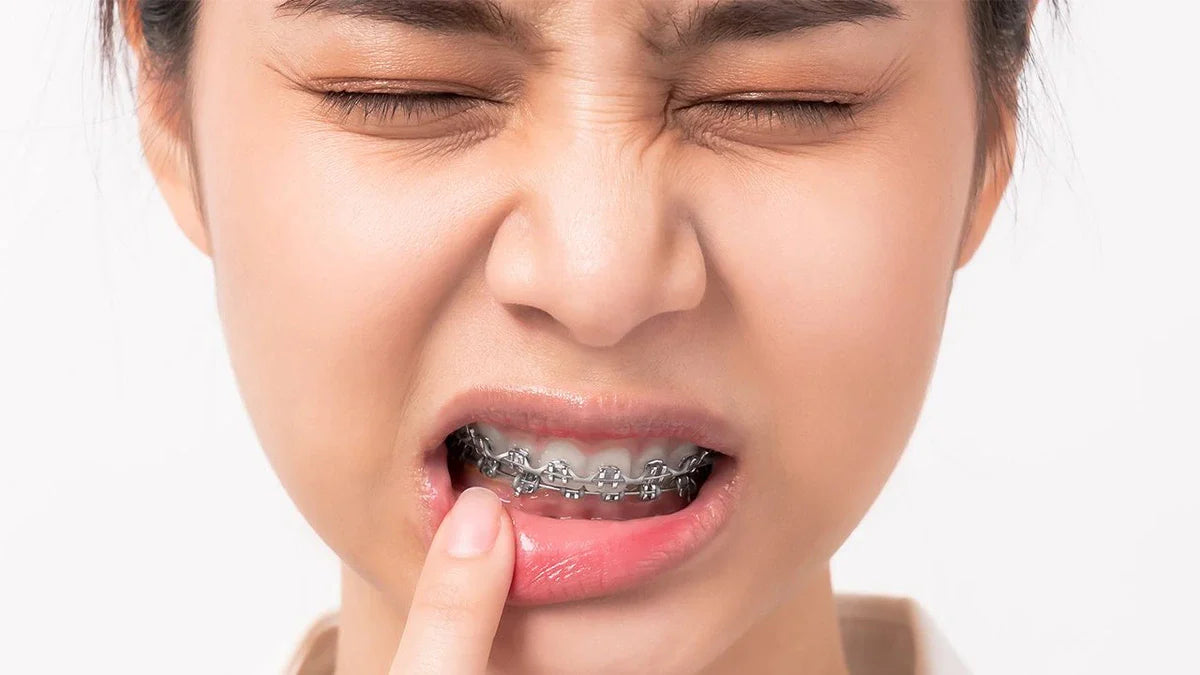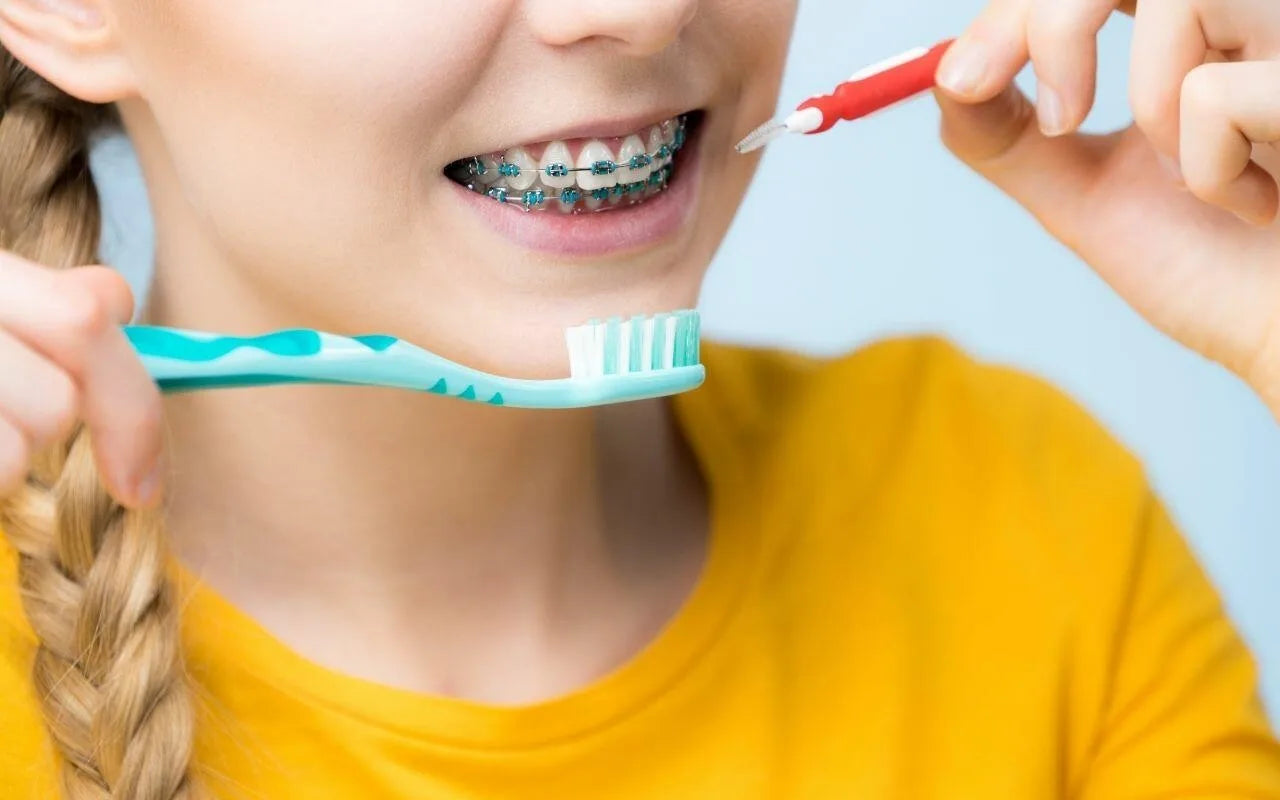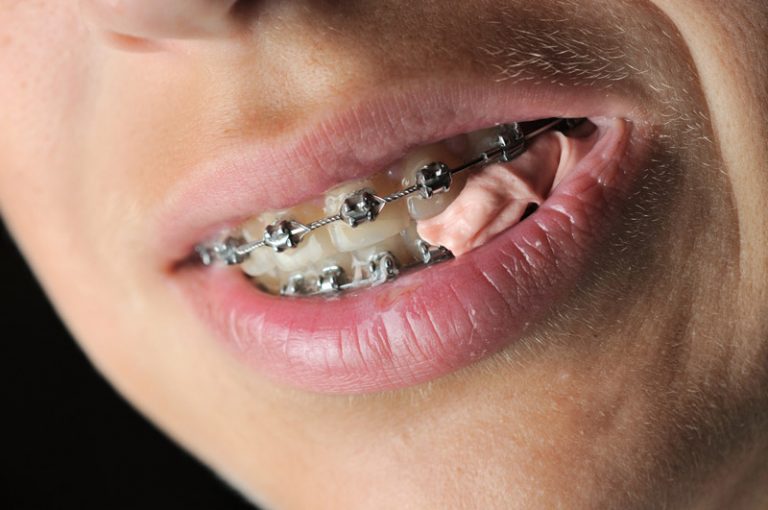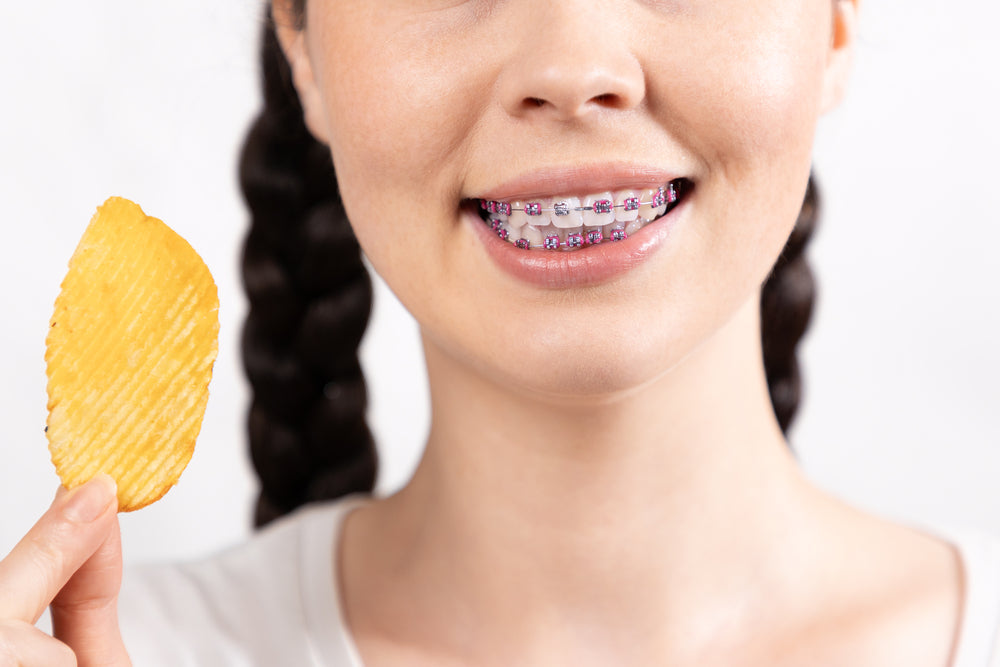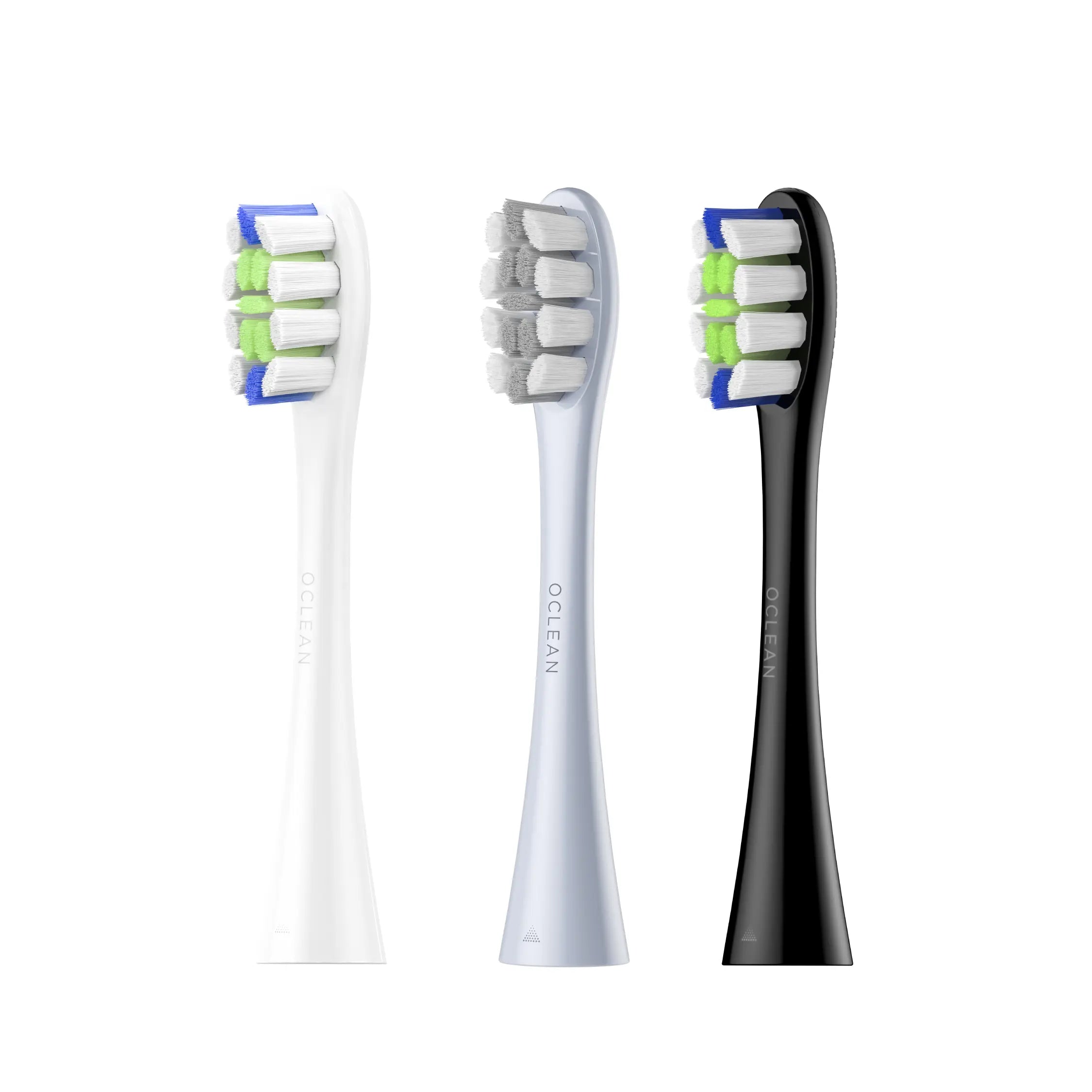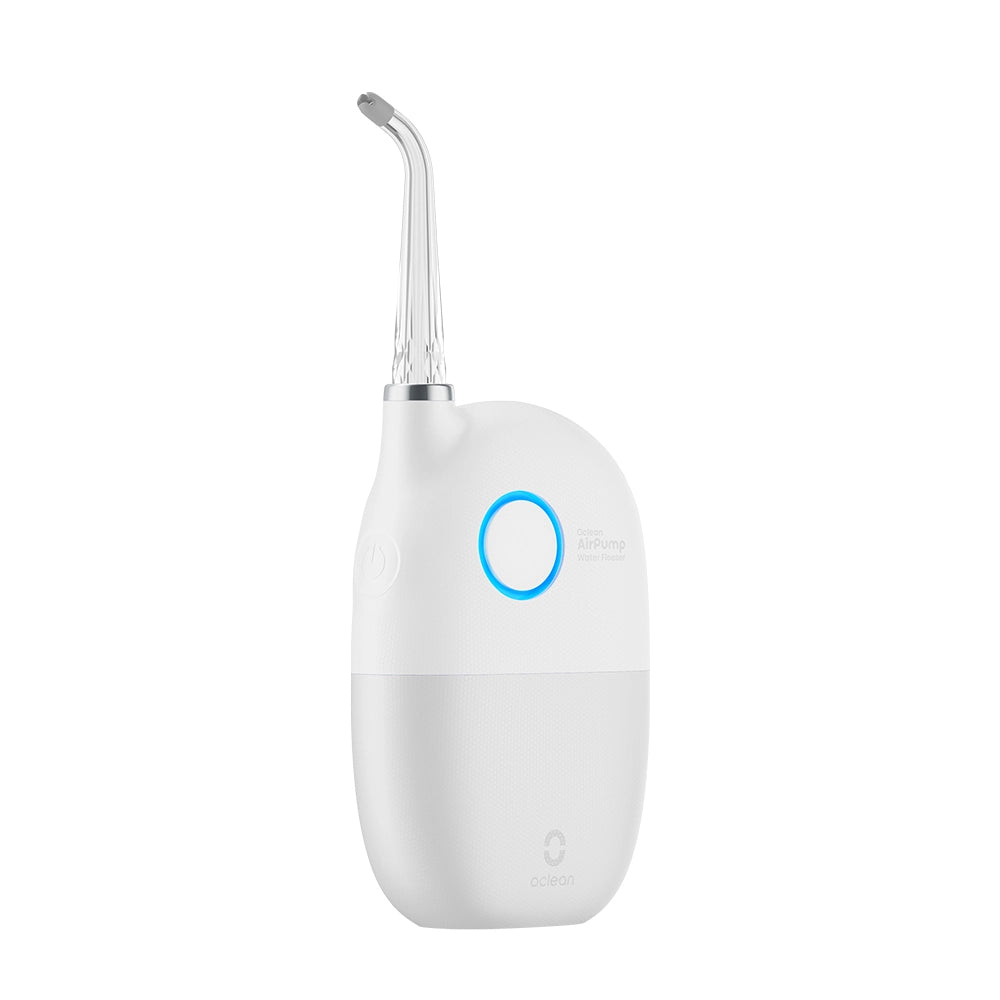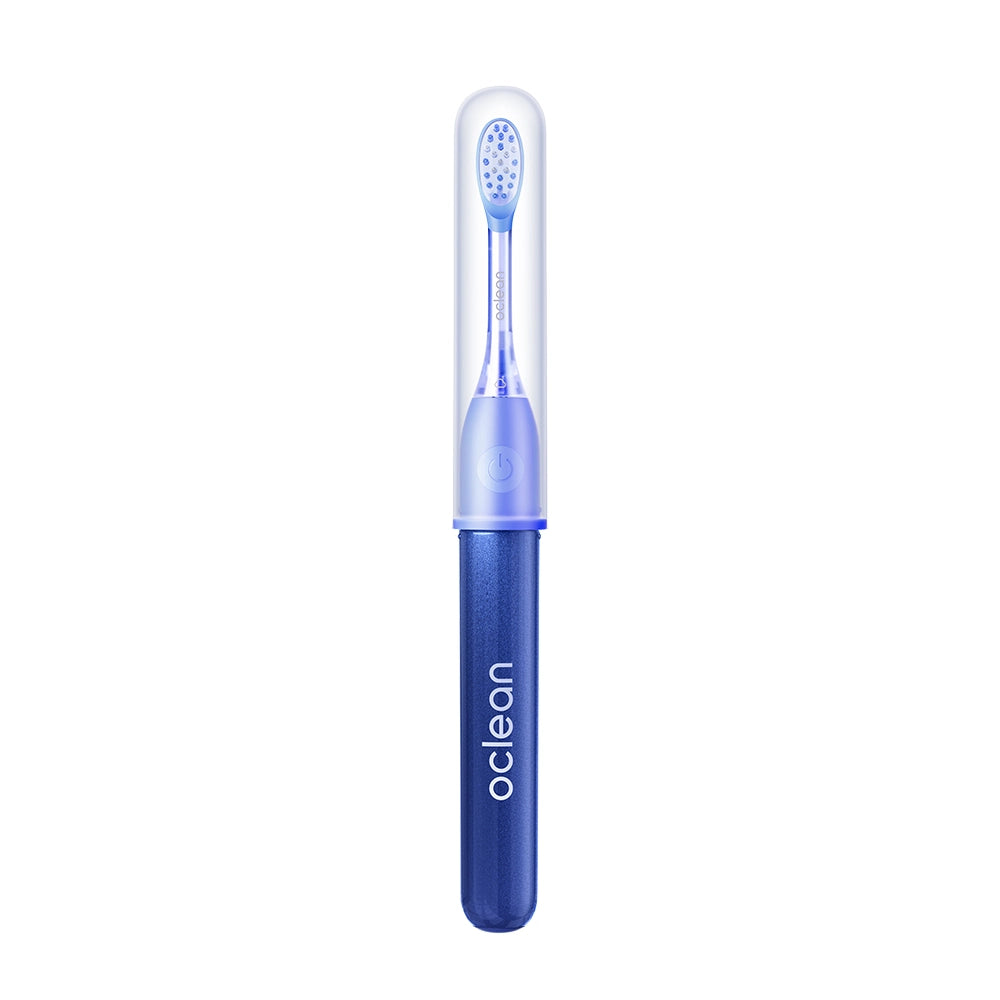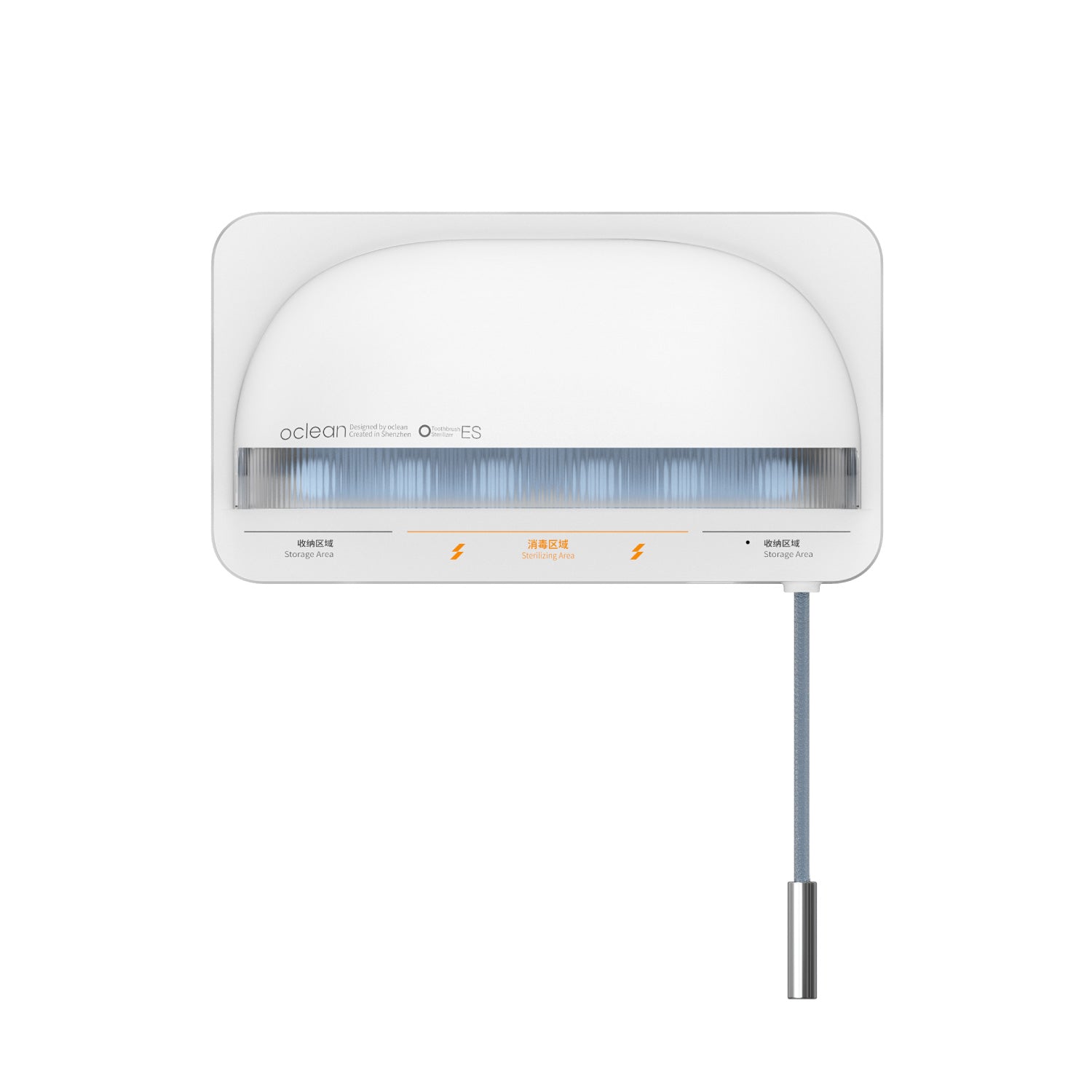The idea of wearing braces forever can be challenging. You're likely wondering, "How long do I have to wear braces?" The truth is, there isn't a one-size-fits-all answer. Whether you are a teenager who is about to get braces or an adult looking for orthodontic treatment, knowing how long you will be wearing braces can help you prepare yourself for what is to come.

The length of your braces treatment varies. For some, it is a quick one, but for others, it might be two or three years. But fear not—knowing what affects treatment time will allow you to better know what to expect.
In this article, we will explain the key factors that affect the length of your braces treatment and provide useful tips to ensure you achieve the best outcomes in the minimum time.
Factors That Determine Braces Treatment Time
The length of time that you wear braces can differ a lot from person to person. There are some very important factors that will determine how long you will have to wear braces. Being aware of them can make you more responsible for your orthodontic treatment.
Complexity of the Orthodontic Problem
The more complicated the problem is with the teeth, the longer it will take to correct it. If your teeth are very crooked, you will need to wear braces longer than the individual with teeth that only require minor corrections. More complex bite problems or very crowded teeth usually take longer to achieve the best outcome.
Age of the Patient
Age is a major determinant of the time taken for treatment. People who are younger have shorter treatment times since their bones are still developing and are more sensitive to orthodontic changes. Adults may take longer treatment times since their bones have already reached maturity, and hence, tooth movement is slower.
Type of Braces
The type of braces you use can also influence the duration of the treatment. Metal braces are effective and can correct most dental issues, but clear aligners like Invisalign or ceramic braces can give quicker results to some people. However, complex cases usually require the power and precision of metal braces.
Following Instructions
The most significant method to speed up your treatment time is to follow your orthodontist's instructions. Wearing rubber bands as directed, attending your appointments, and practising good oral hygiene all contribute to speeding up and improving your treatment process.
How do Different Types of Braces Affect Treatment Duration?
Not all braces are equal, and the ones you wear can determine how long it will take to straighten your teeth. All braces are eventually going to be working towards the same goal, but the approach and the time it takes to arrive there can differ.
Orthodontic Metal Brackets
These are the most common type and would take roughly 18 to 24 months to complete their treatment. These are less stealthy than ceramic braces or clear aligners but are highly successful in fixing very complex orthodontic issues.
Metal braces employ the use of brackets and wire to slowly realign the teeth to their optimal positions. At times, it may take treatment longer than 24 months for severe cases.
Clear Aligners (e.g., Invisalign)
Clear aligners are also a favourite among people who want something less noticeable. These are removable, custom-fitted trays that slowly move your teeth into position.
They are a good solution for mild to moderate orthodontic problems, and some people will have faster results with aligners—usually within 12 to 18 months.
Clear aligners do take a great deal of discipline, however, as they have to be worn at least 22 hours per day to be effective.
Ceramic Braces
These braces work identically to metal braces but with clear or tooth-coloured ceramic brackets. While ceramic braces are less noticeable, they are more fragile and can be broken, thus extending treatment time. Ceramic braces take as long as metal braces, but because of their subtlety, they are the favourite among teens and adults.
How Age Affects Braces Treatment Time
The age at which you begin wearing braces can really influence how long you will be using them. Even though children and adults can be treated with orthodontics, treatment time varies by age.
For Kids and Adolescents
Younger individuals can experience results sooner because their jaws and bones are still growing and are also more receptive to repositioning. Teenagers and children, in fact, can expect their braces treatment to last anywhere from 2 years to 18 months. The younger you are, the softer your teeth are, and therefore, they move more quickly into their optimal positions.
For Adults
Adults, nonetheless, typically need to contend with more extended treatment lengths. When your bones stop developing, relocating teeth takes more time.
Adults also commonly need repair of more complicated issues with teeth, such as bone loss or gum recession. Though some adult treatments last longer, most adults get successful results within 2 to 3 years, based on how extensive their case is.
Considering that, new orthodontic technology like clear aligners and new braces technology are allowing adults to achieve phenomenal results with fewer hours spent than ever before.
Tips to Shorten the Time You Spend Wearing Braces
While the length of your orthodontic braces treatment is based mostly on what we've seen, there are a couple of things you could do to possibly shorten your time.
1. Practice Ideal Oral Hygiene
Proper care of gums and teeth is necessary to successful braces treatment. If plaque and bacteria accumulate around your braces, it can result in problems such as cavities or gum disease, which can hamper the process. Brush and floss carefully, particularly after meals, and rinse with a fluoride mouthwash to avoid decay.
If you're having trouble with flossing with braces, you might want to read this article on How to Floss With Braces? to troubleshoot.
2. Follow Your Orthodontist's Directions
Your orthodontist will provide you with detailed guidance on how to wear rubber bands or headgear, follow-up visits, and tightening your braces. Your level of compliance can make a tremendous difference in the speed at which your teeth shift.
3. Avoid Hard or Sticky Foods
Hard and sticky foods are damaging to your braces and, consequently, can lead to treatment delays. Keep avoiding foods like caramel, nuts, and hard candy, and always consult your orthodontist on what foods to avoid.
4. Attend Regular Appointments
You need to visit the orthodontist regularly to track your progress and make any adjustments you need to your braces. Your dentist can also help you to remove unnecessary plaque buildup even with braces, before it damages your teeth. Missing appointments or putting off visits will prolong your treatment.
With these tips, you can maximize your braces treatment and ensure that you are doing everything you can to achieve quicker results.
General Myths Regarding Brace Treatment Duration
There are several myths surrounding the use of braces that portray the experience in a more negative light than it really is. Let's dispel some of the most prevalent myths:
Myth #1: Braces Will Take Years to Work
While some procedures take a couple of years, the idea that you'll be keeping braces on for the rest of your life is simply not the case. Most people only wear braces for 18 to 24 months, and in some instances, even less. The time really does depend on your personal dental condition and how well you follow your orthodontist's instructions.
Myth #2: Braces Hurt All of the Time
Most individuals think that braces will be painful in the process. While it is a fact that you will be sore after each adjustment, it will usually subside after a few days. In most cases, braces will not hurt all the time.
Myth #3: Clear Aligners Are Always Faster than Traditional Braces
While clear aligners would also be a preferred option for certain individuals, they are not an assurance of faster treatment. For more complicated cases, metal braces would be better and even quicker.
By understanding the truth behind such myths, you will feel more secure in your braces experience and will not be discouraged by unfounded fears.
What Happens After Braces?
Once your braces are removed, your orthodontic treatment is not yet complete. To keep your teeth from shifting back to their original position, you'll need to wear a retainer. Retainers will hold your teeth in place while your gums and bones adapt to your new smile.
The amount of time you may have to wear a retainer will be determined by your orthodontist. Most people will need to wear a retainer full-time when they remove their braces and then move to wear it only at night. Some wear retainers for years or months simply to support stable results.
Don't forget to wear your retainer to maintain your lovely smile. Otherwise, your teeth will gradually shift back into position, and you will have to have some more done in the future.
The Bottom Line
Braces treatment is a marathon, but the reward—a healthy, straight smile—is well worth it. With a knowledge of what influences the duration of time you'll be wearing braces, you can prepare in advance and have faith in your orthodontic experience.
One thing that can actually be beneficial in your treatment process is having proper oral hygiene during your braces experience. Having the right tools makes all the difference in having healthy and clean teeth. That is where the Oclean Sonic Toothbrush comes in handy.
Its high-tech features, like smart pressure control and real-time monitoring, guarantee that your teeth and gums get the attention they deserve when you are on your braces treatment.
It's sonic brushing at a high frequency removes plaque and minimizes the risk of oral complications, thereby lowering the duration of stay with your braces. A healthy mouth equates to a healthy smile, and that makes the whole orthodontic experience much more manageable.
Table of Contents
